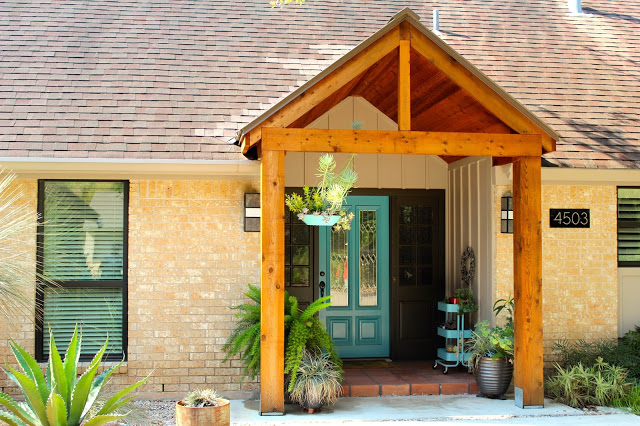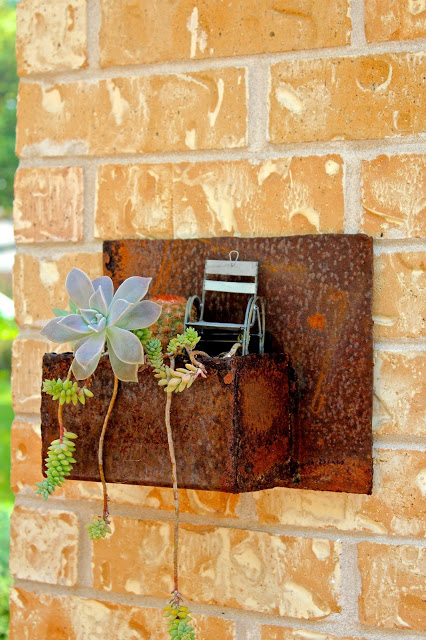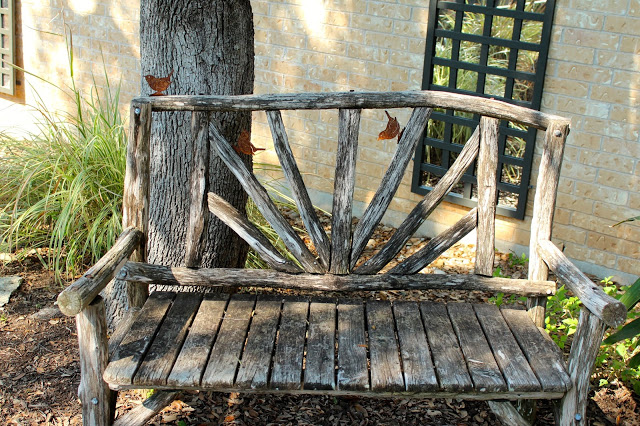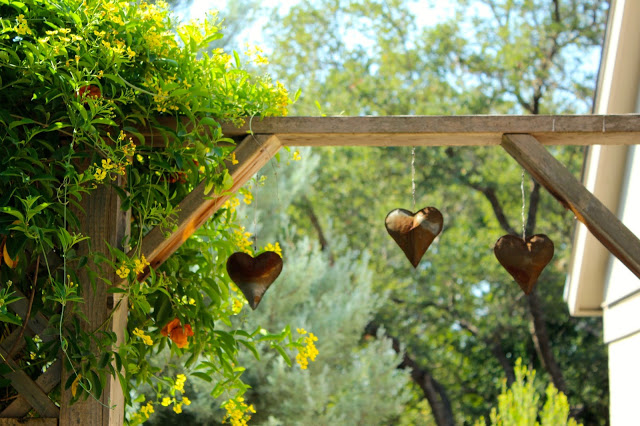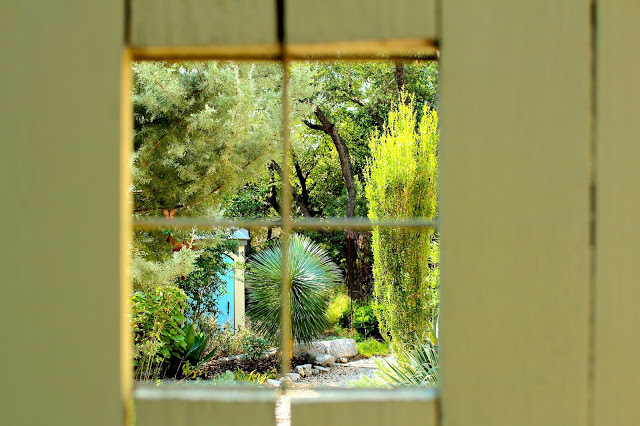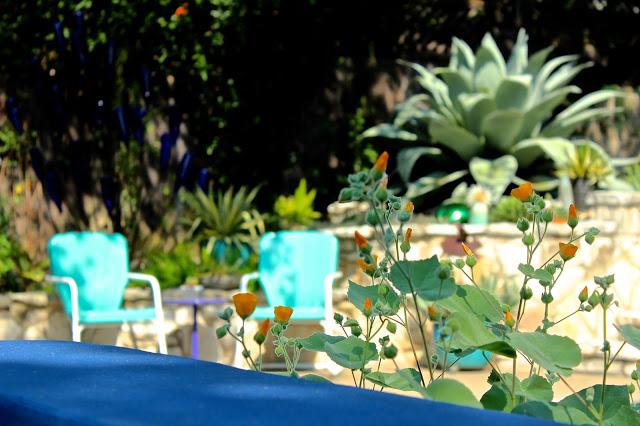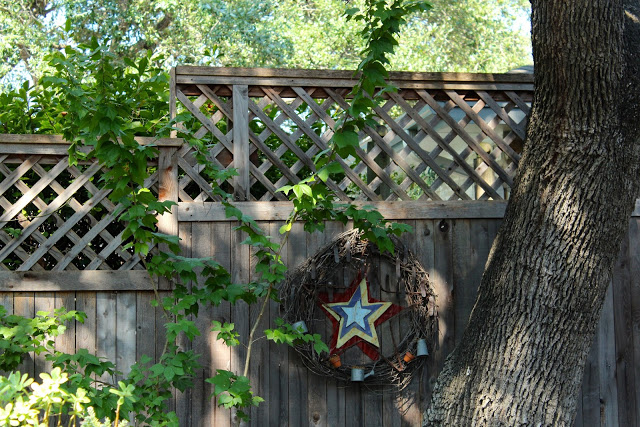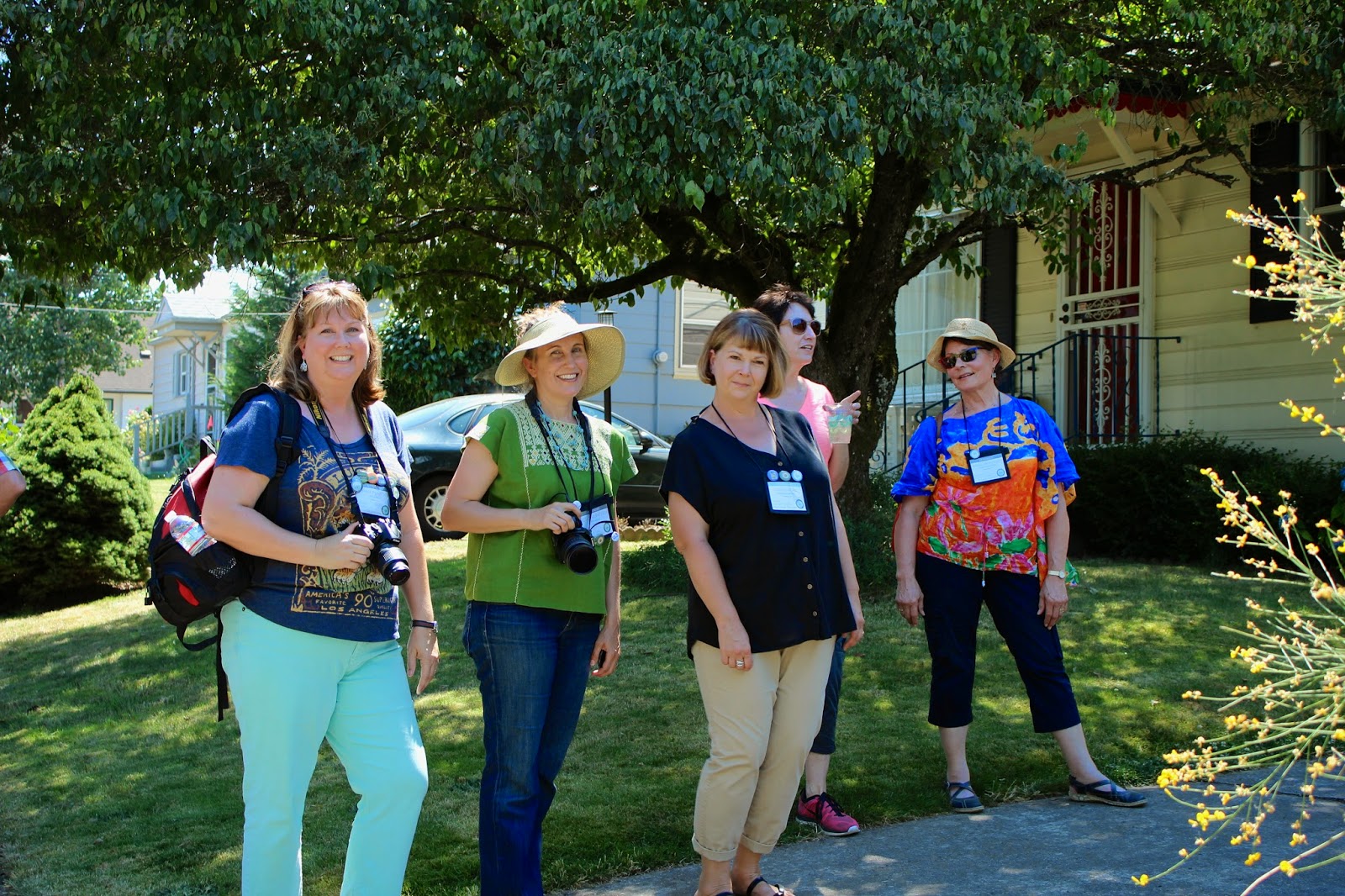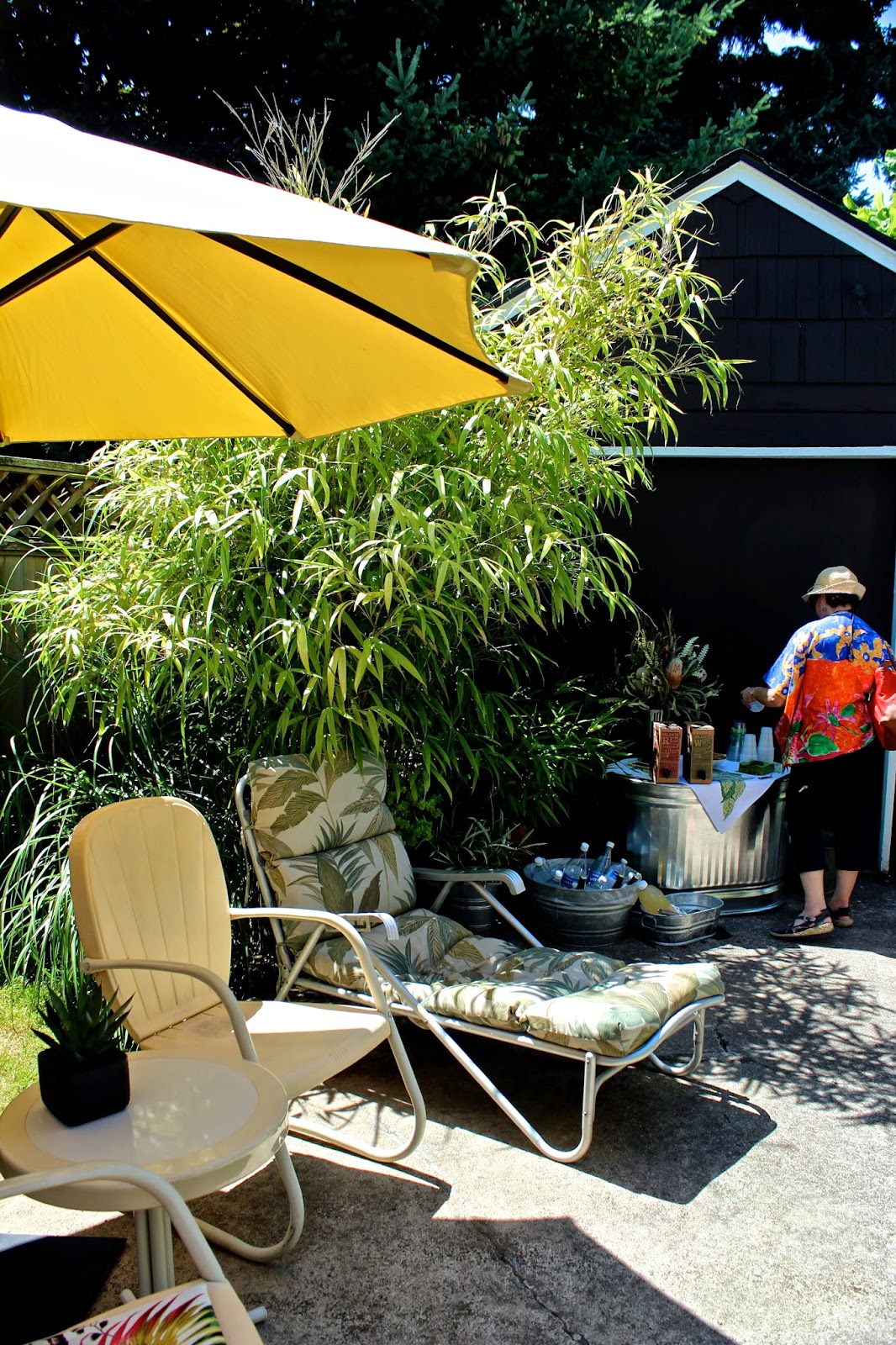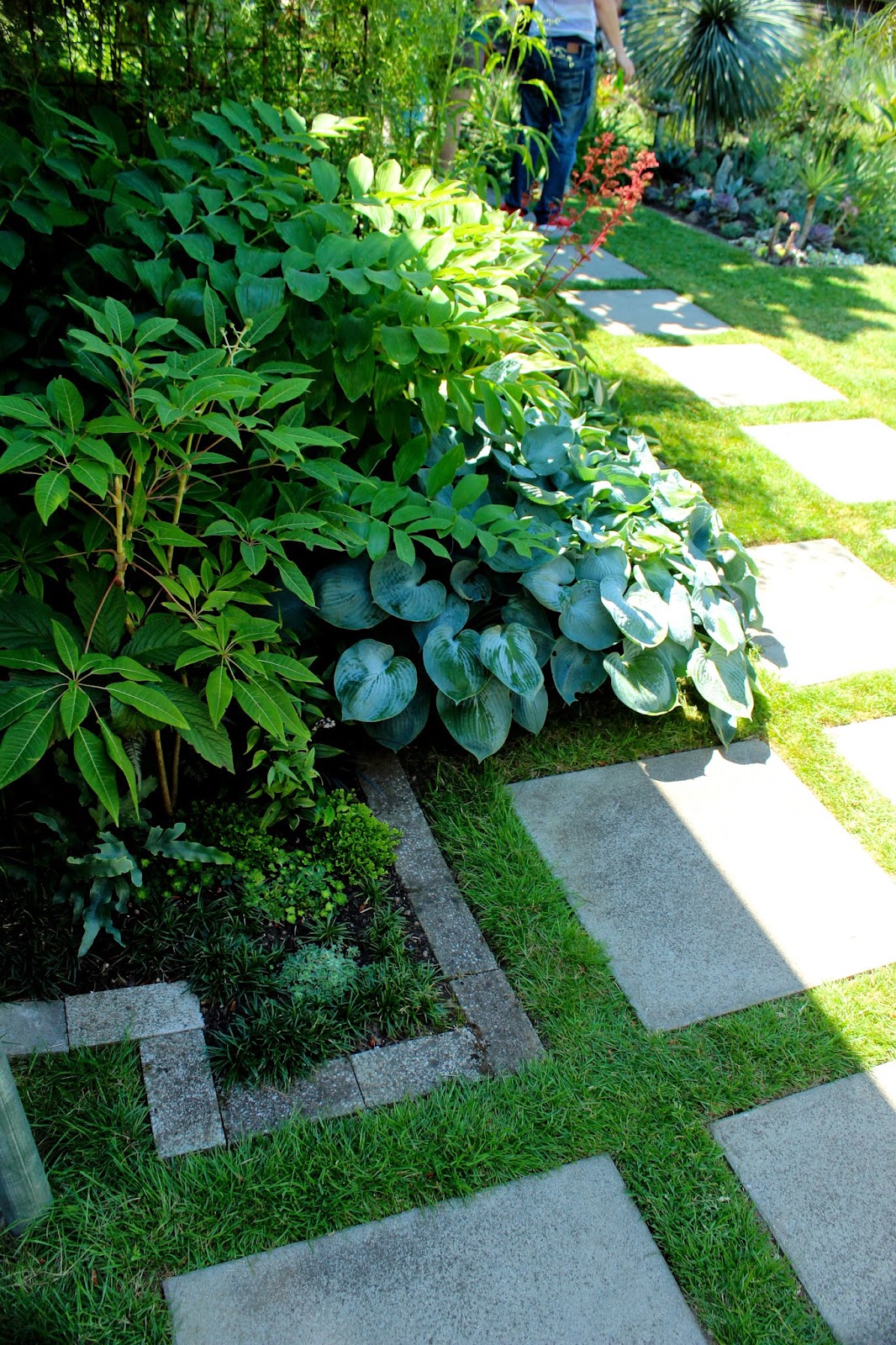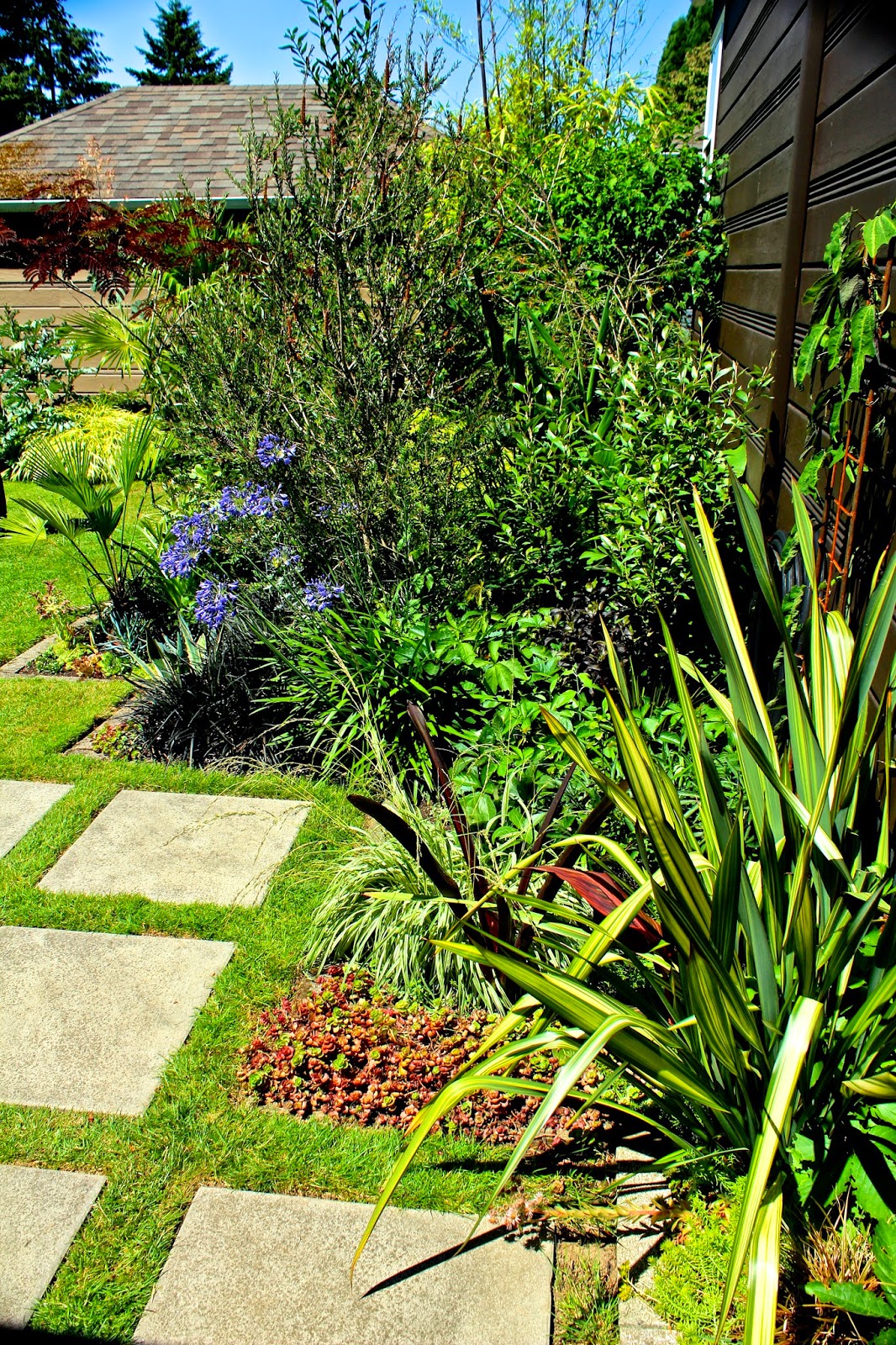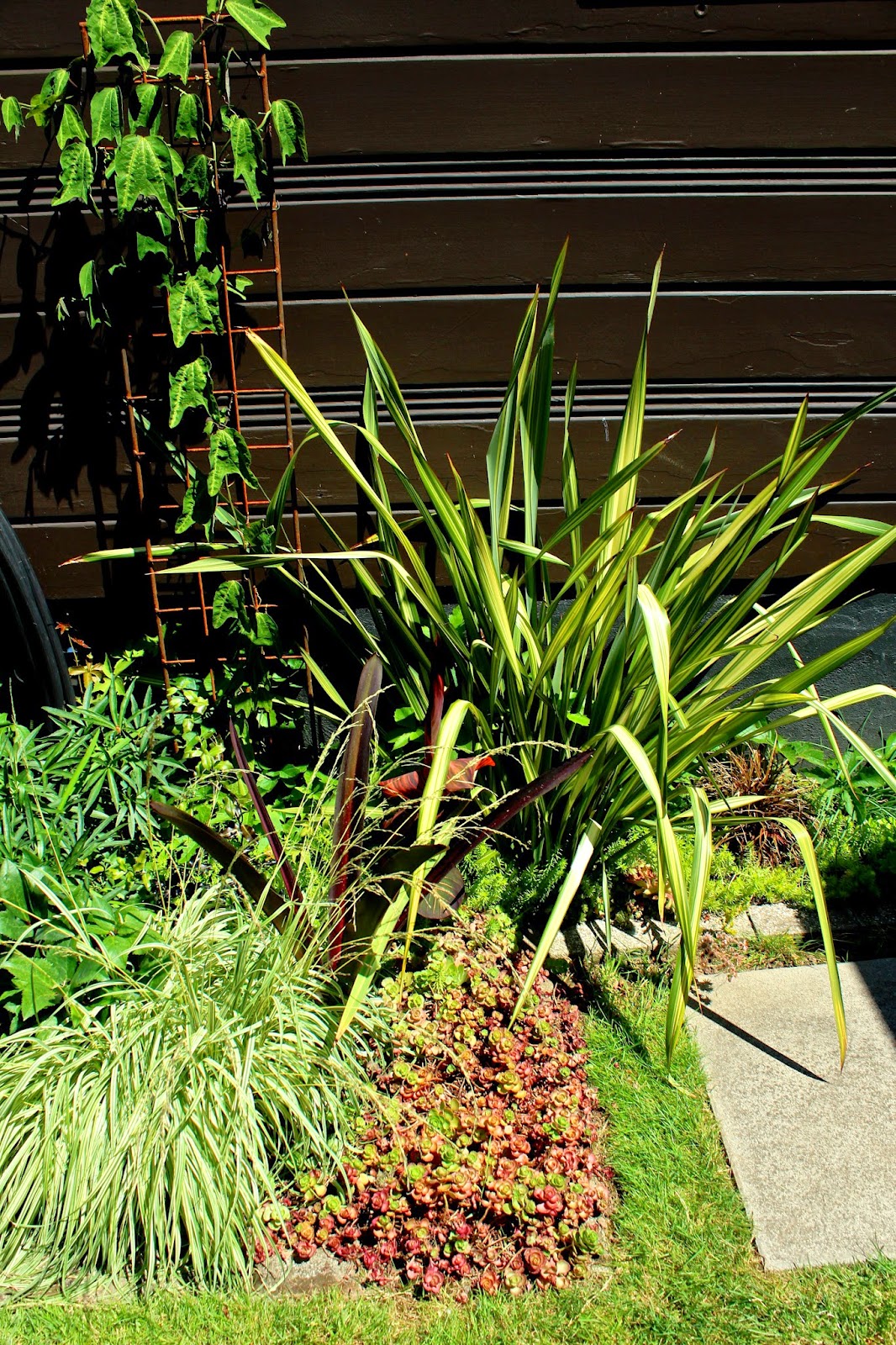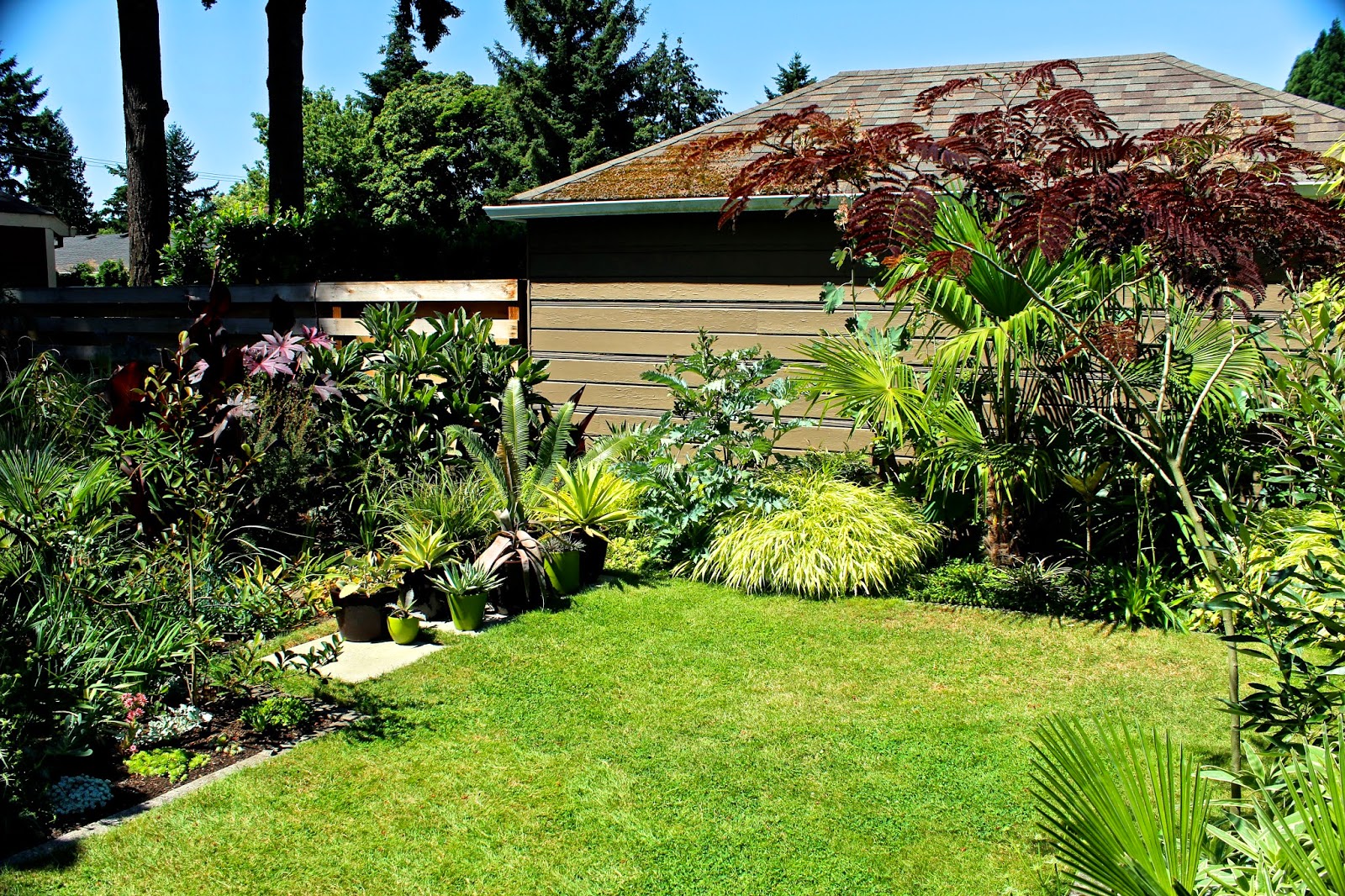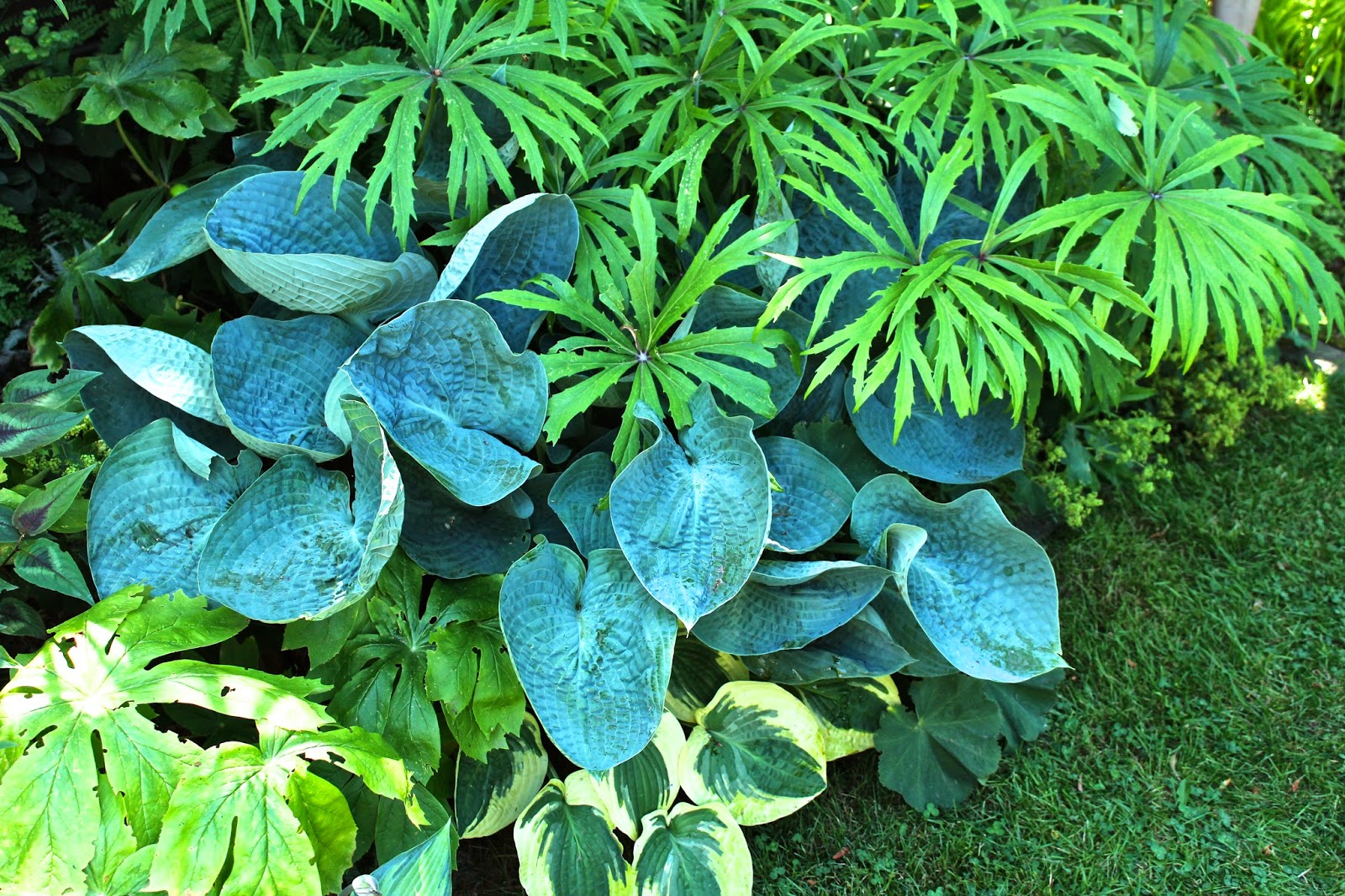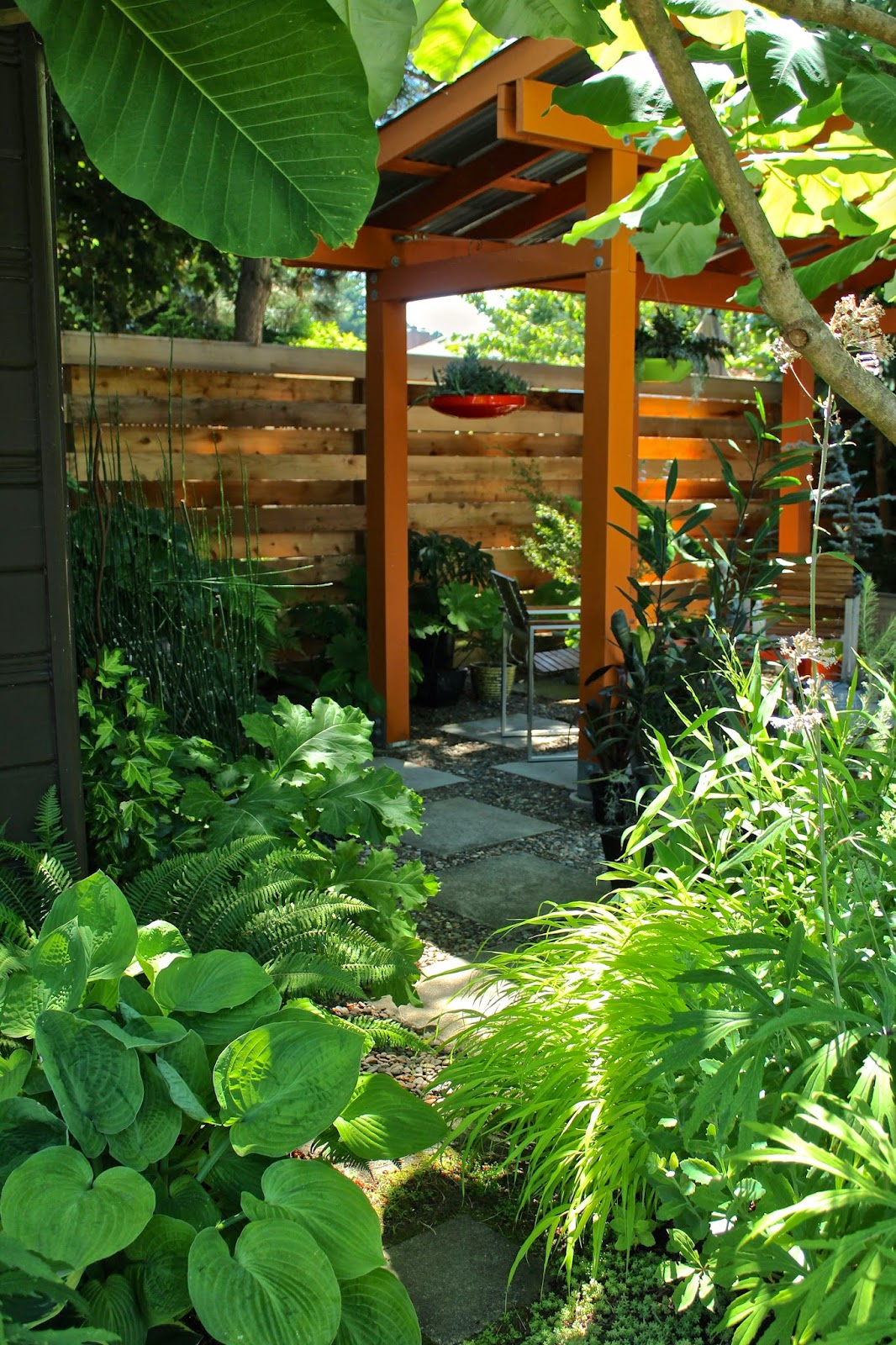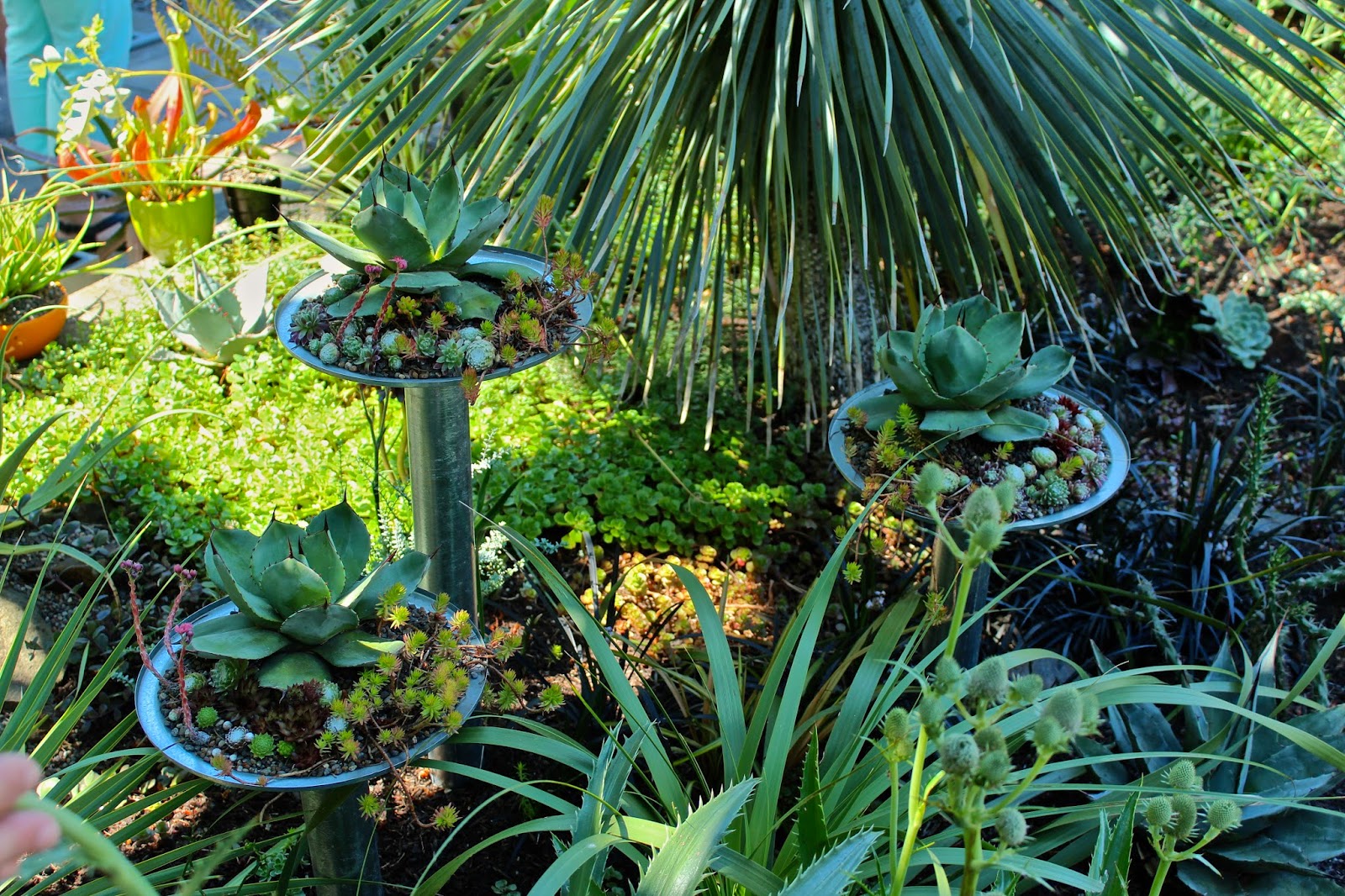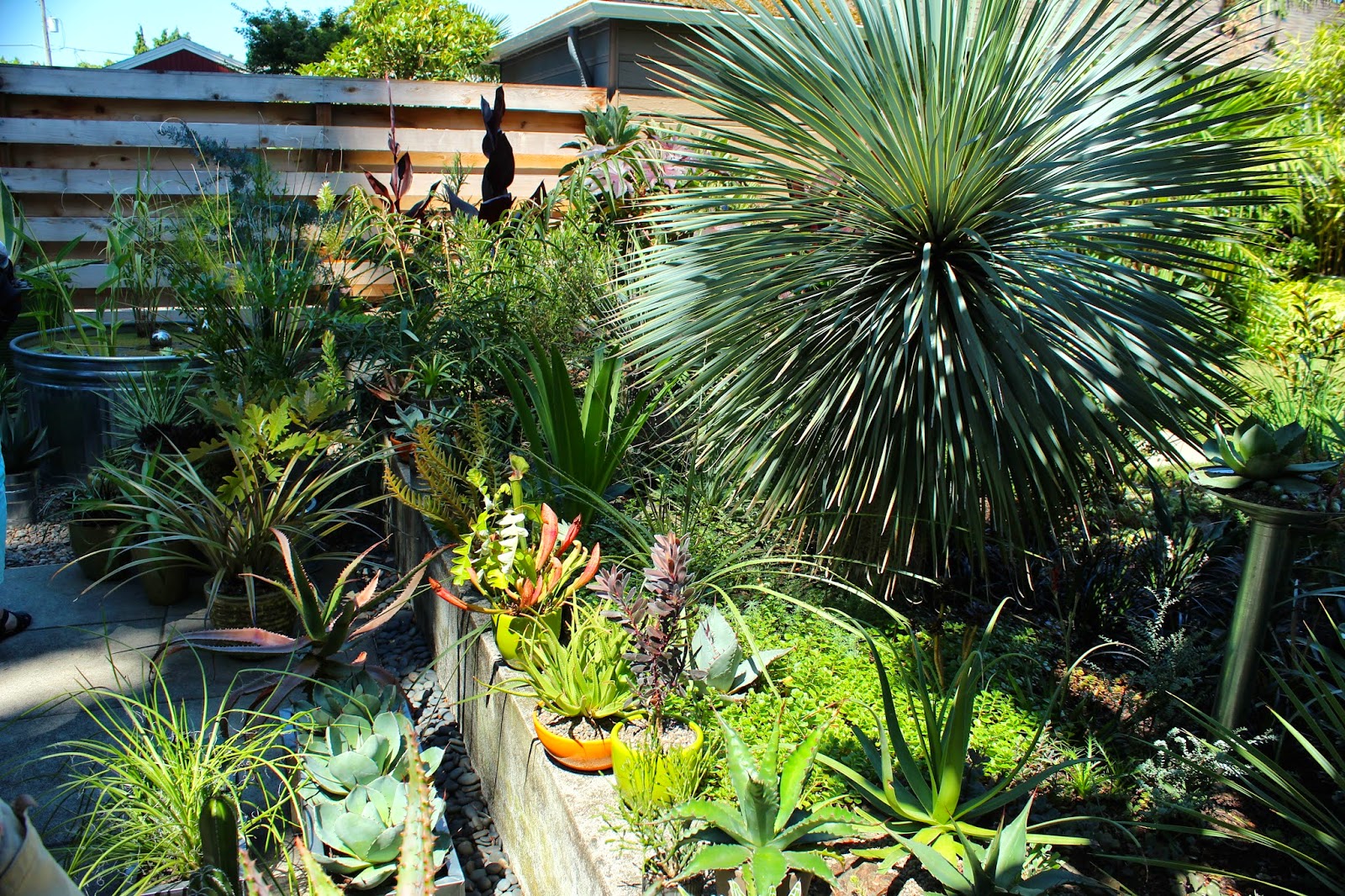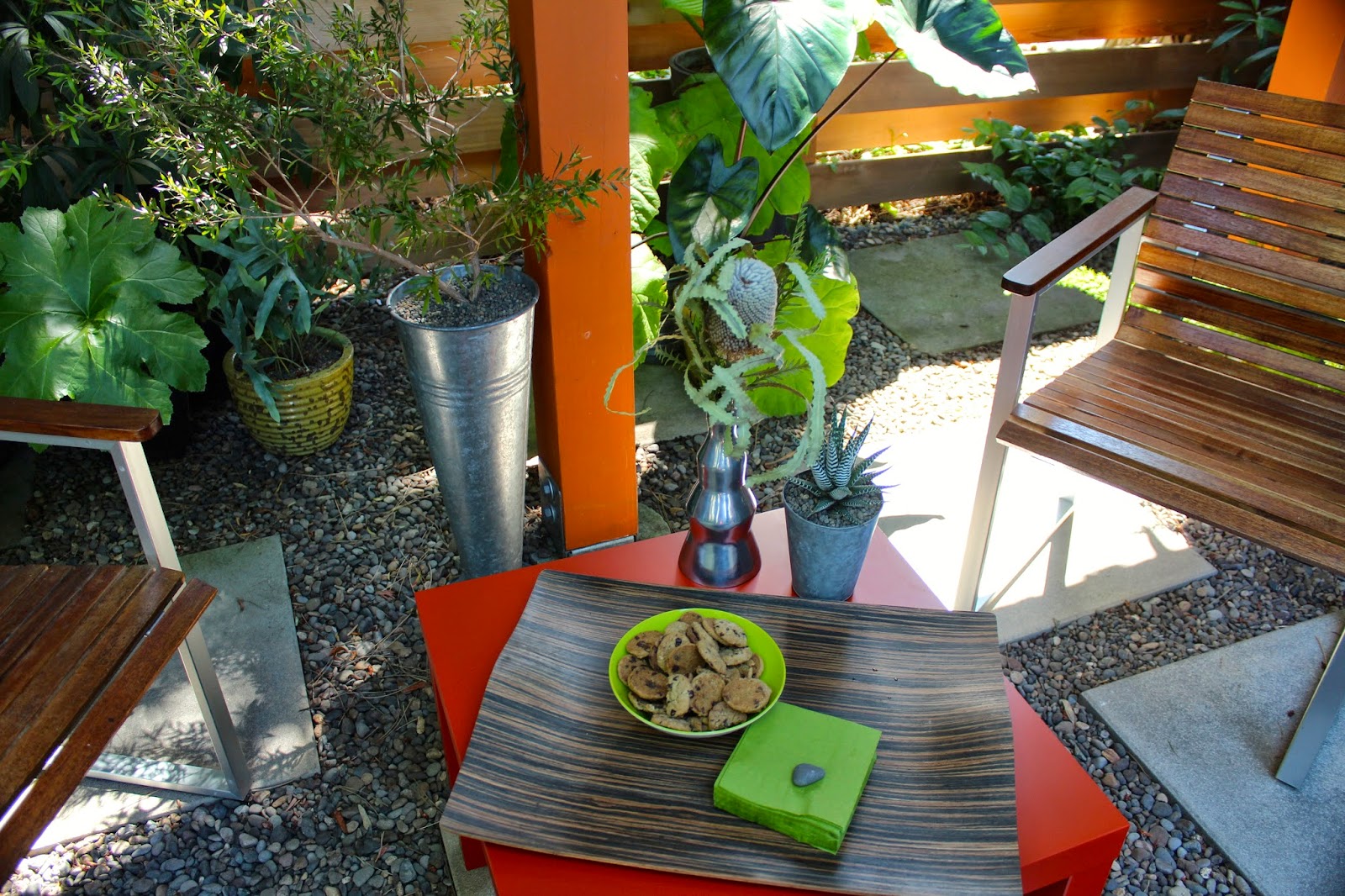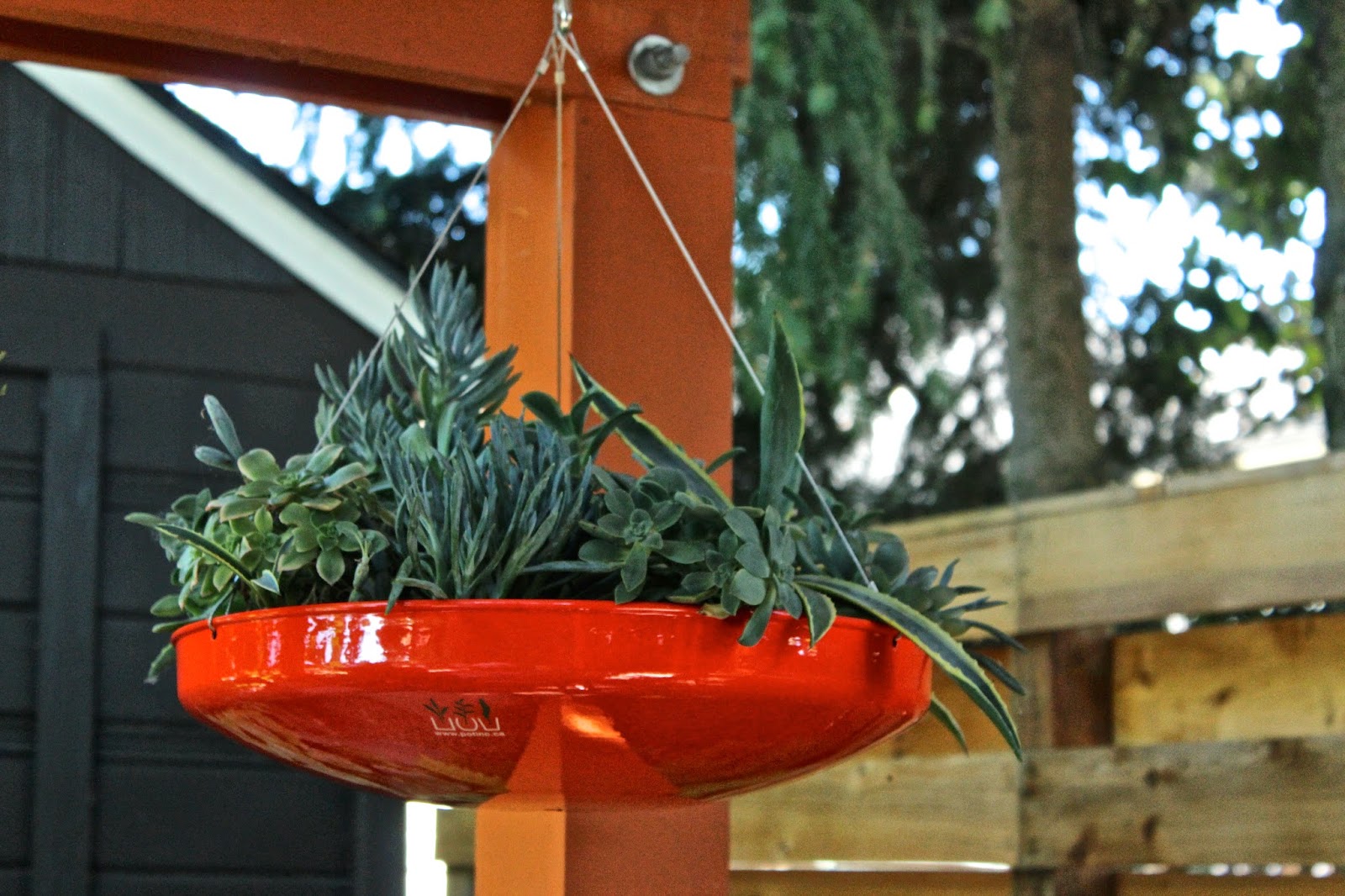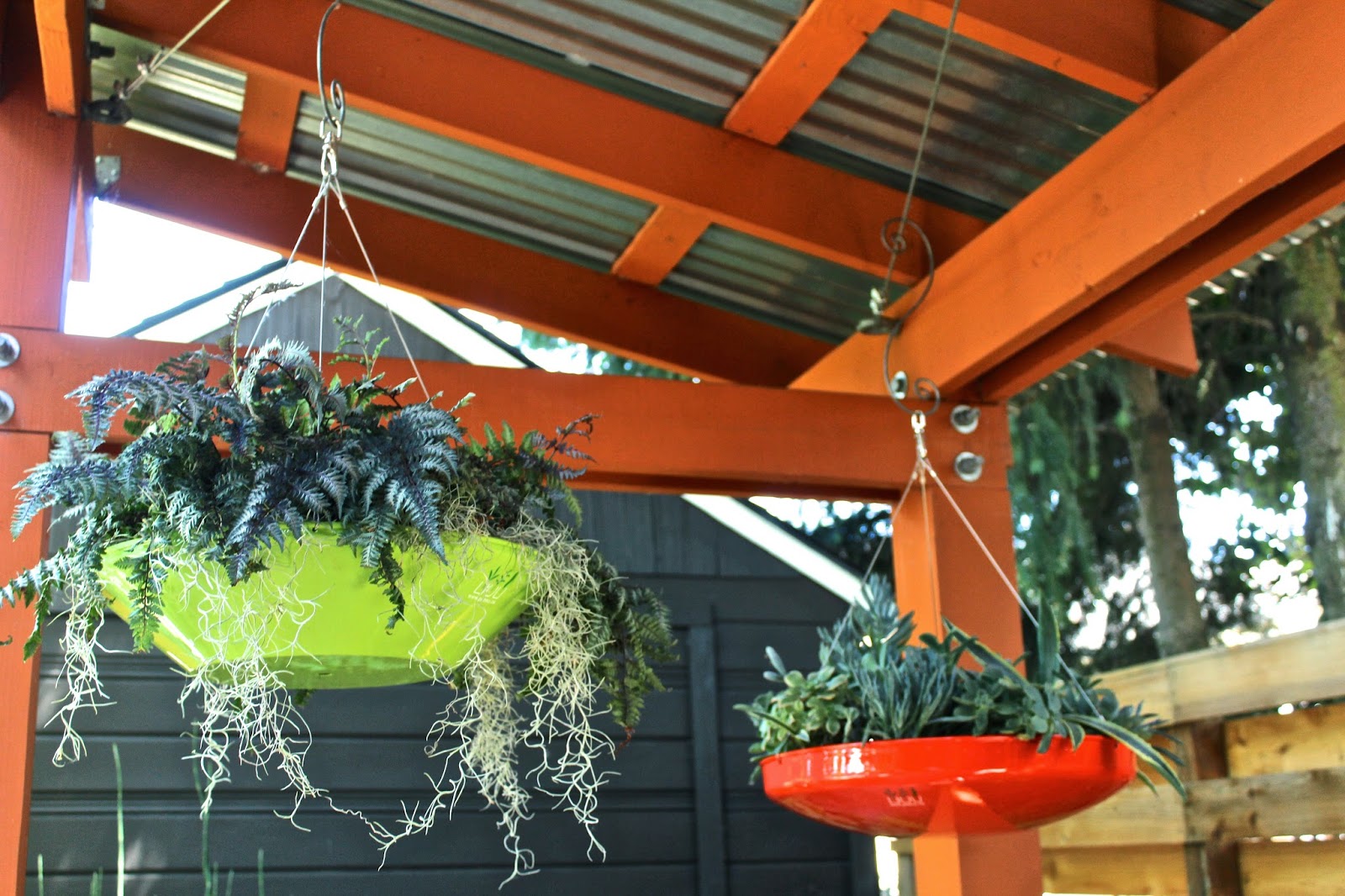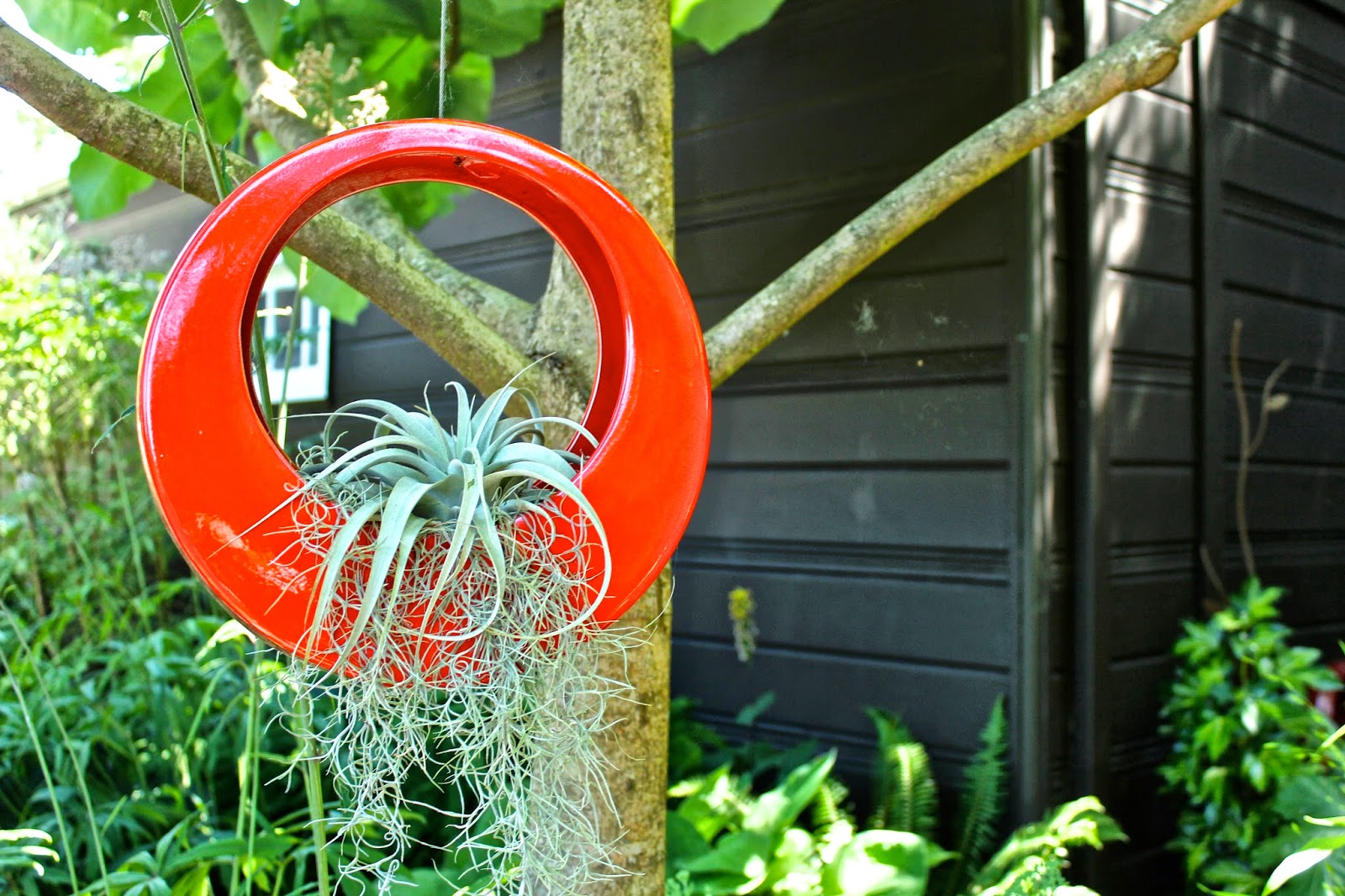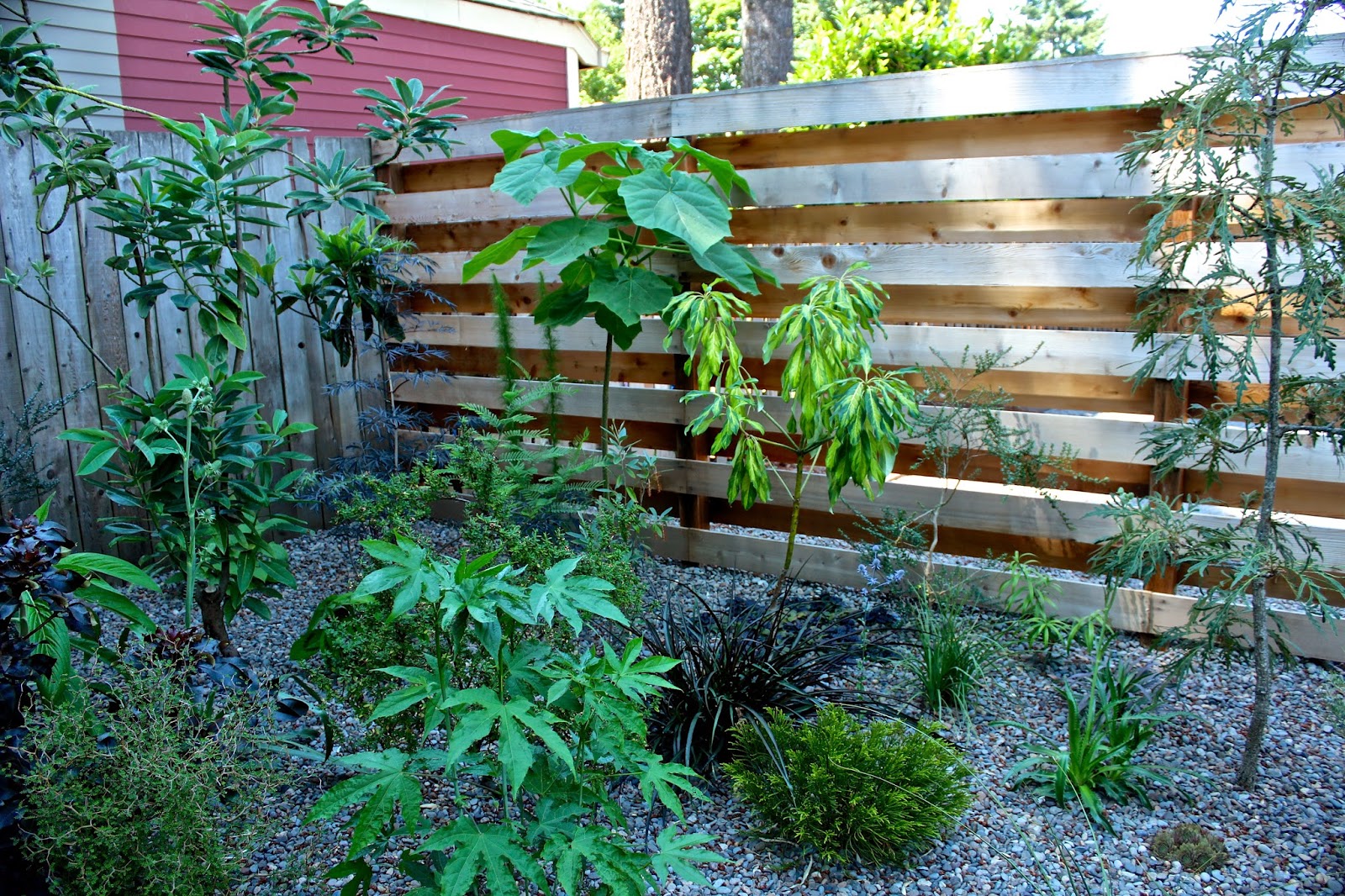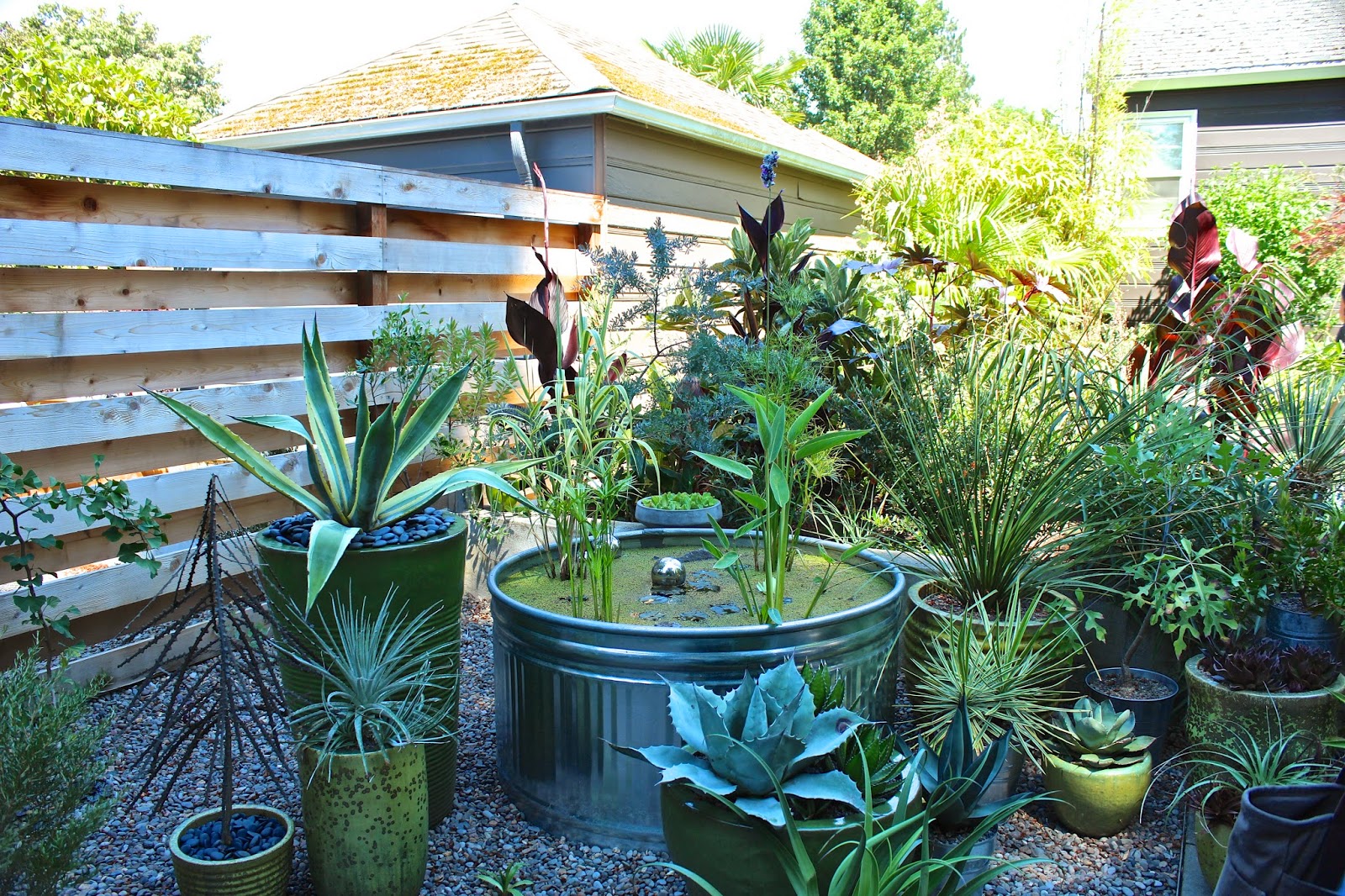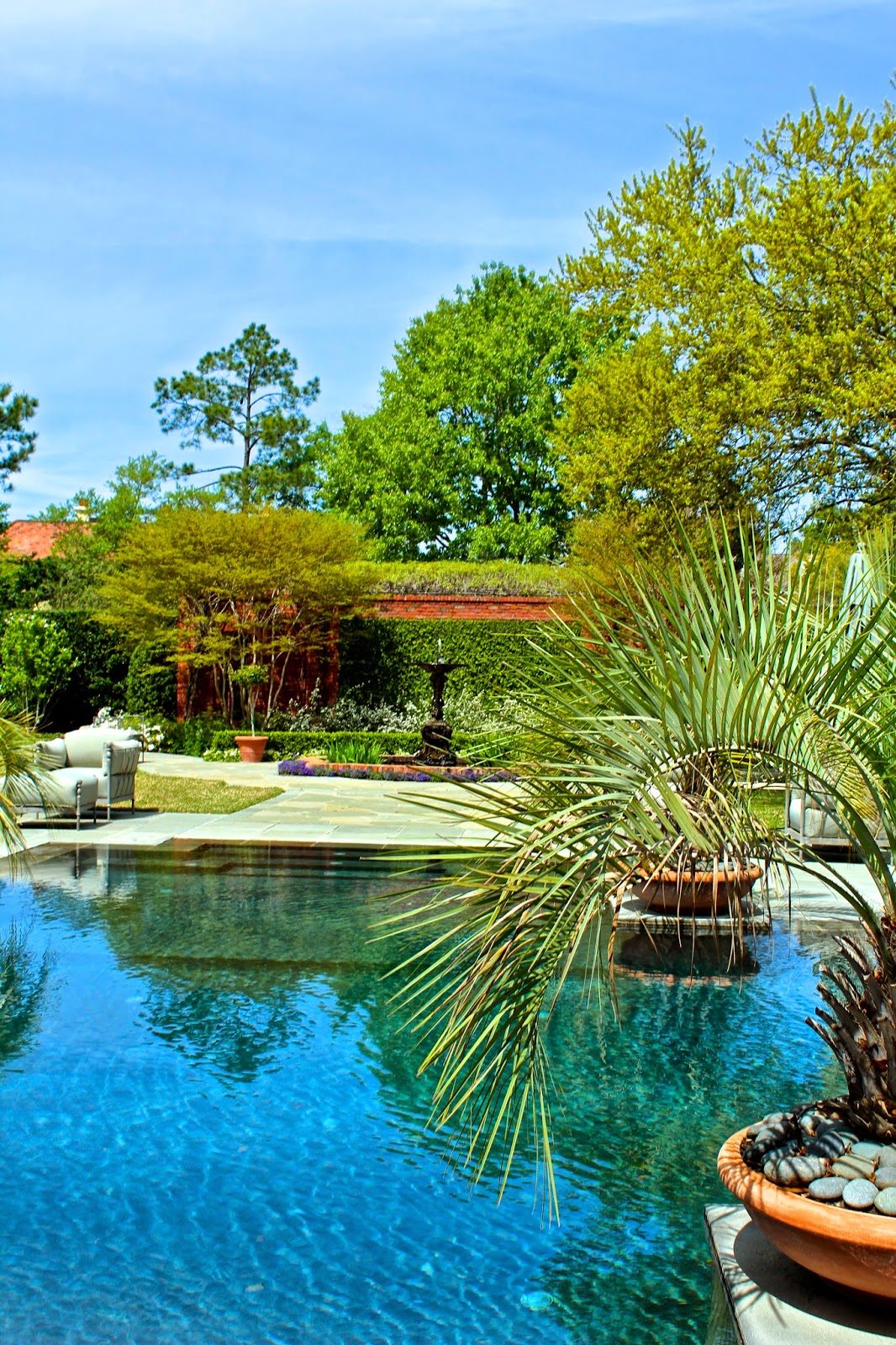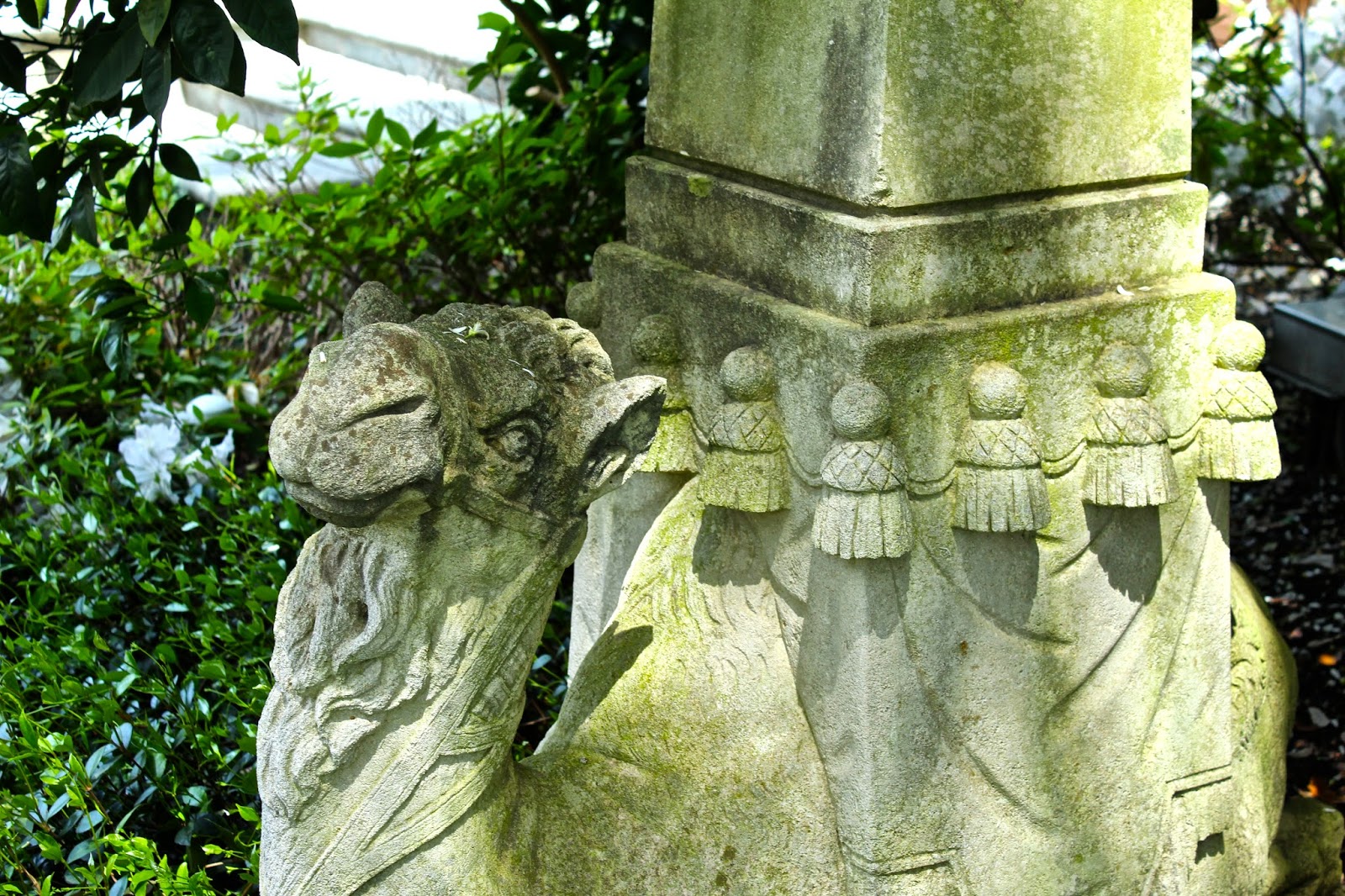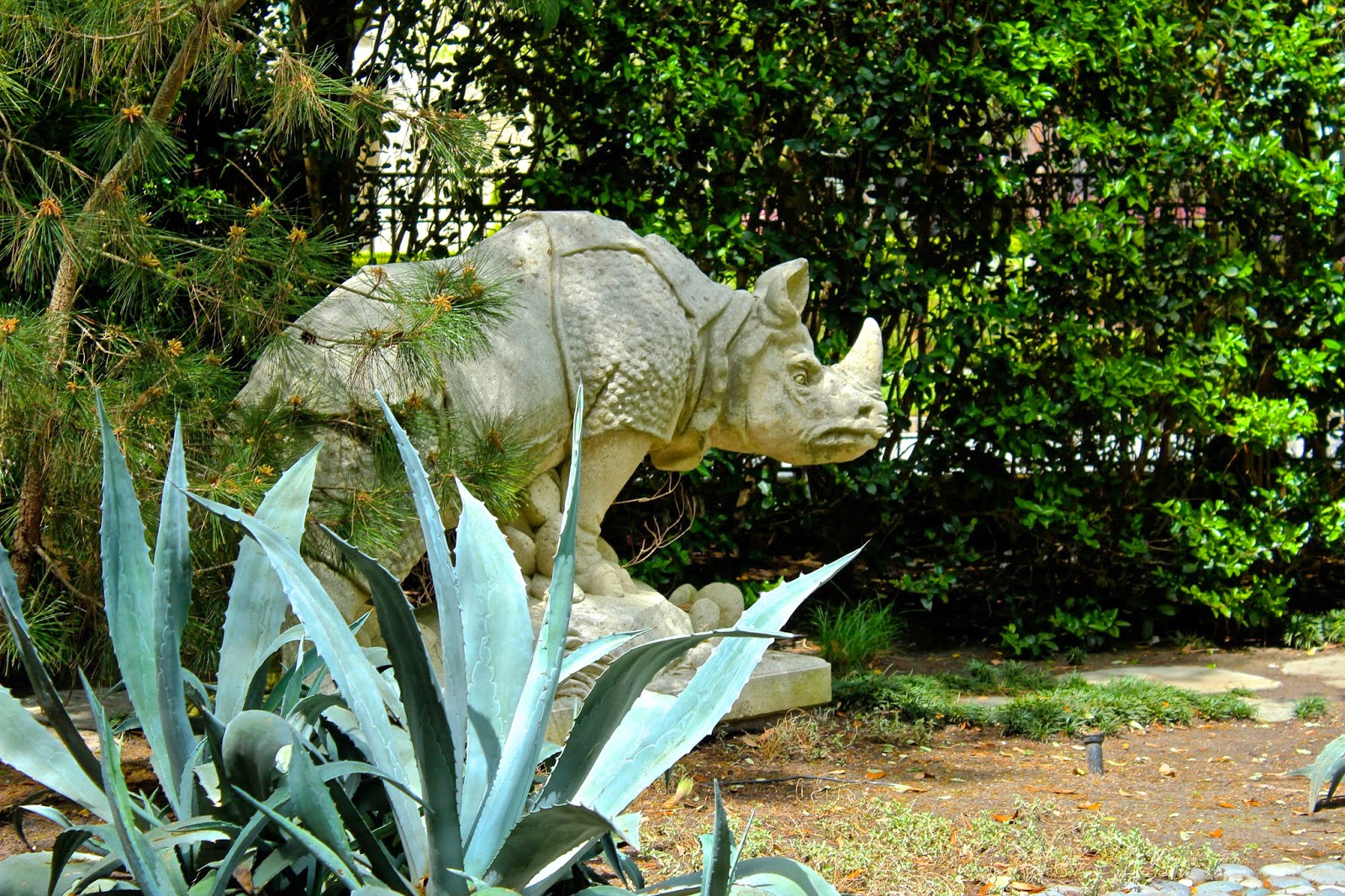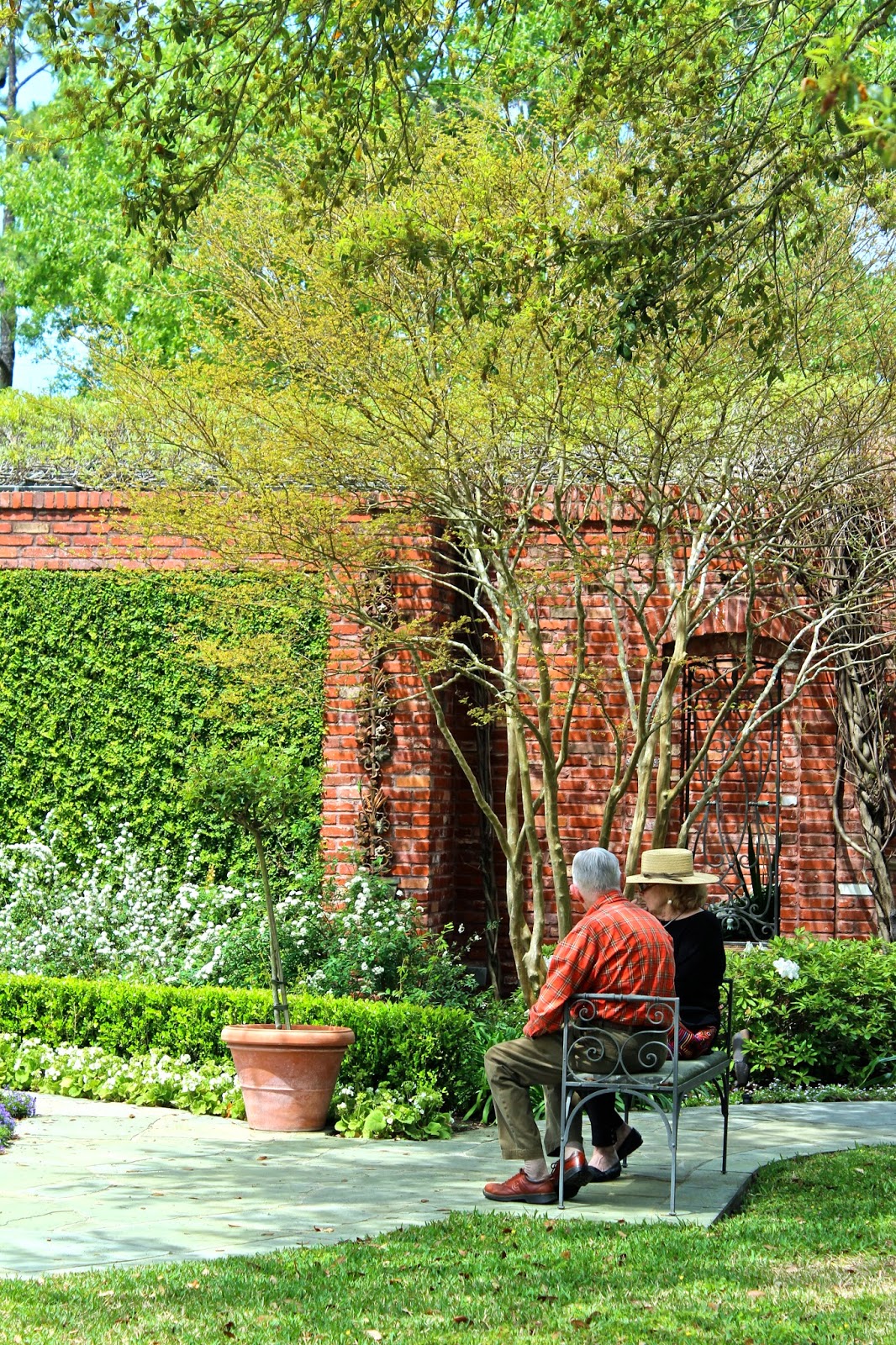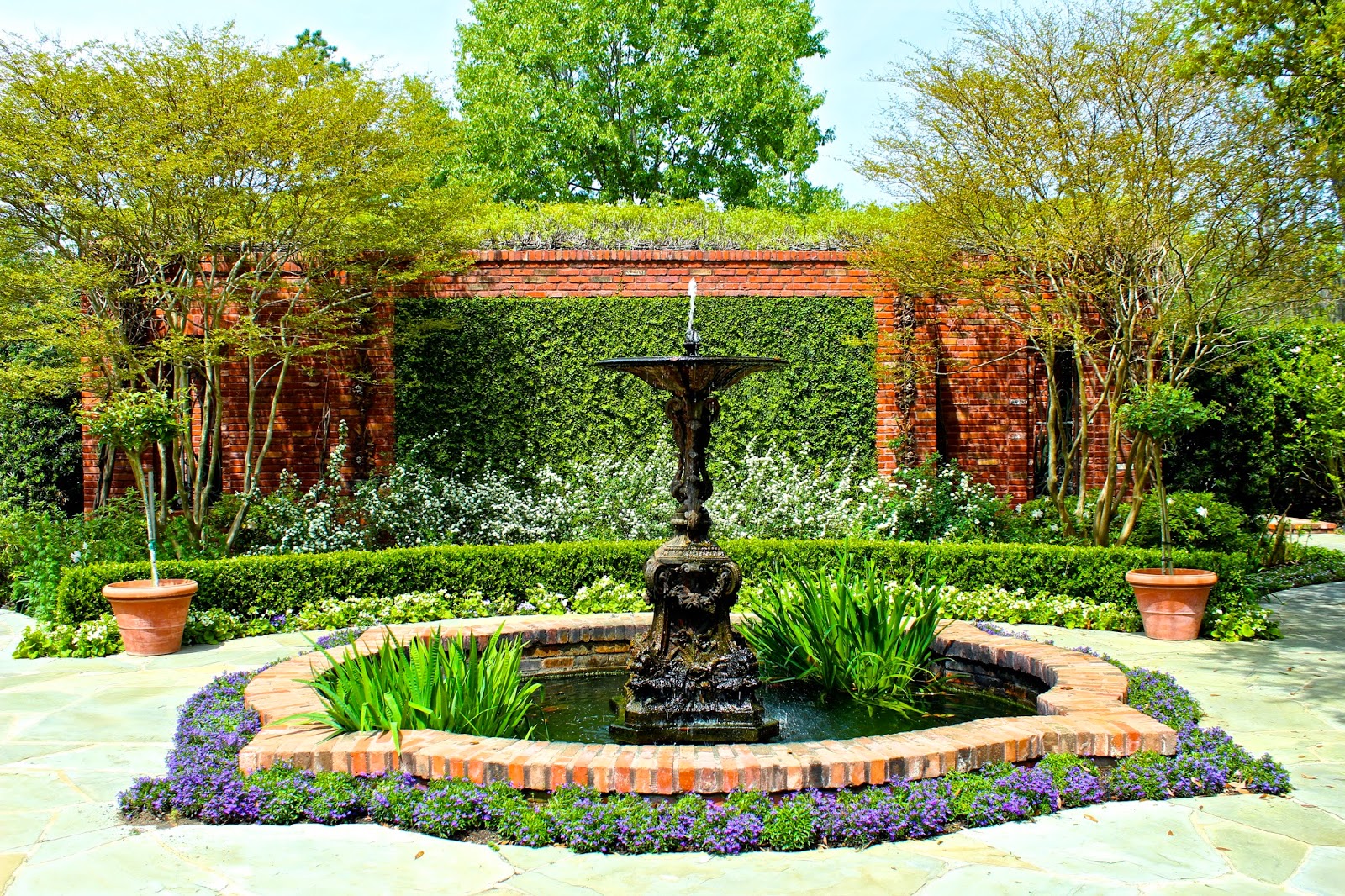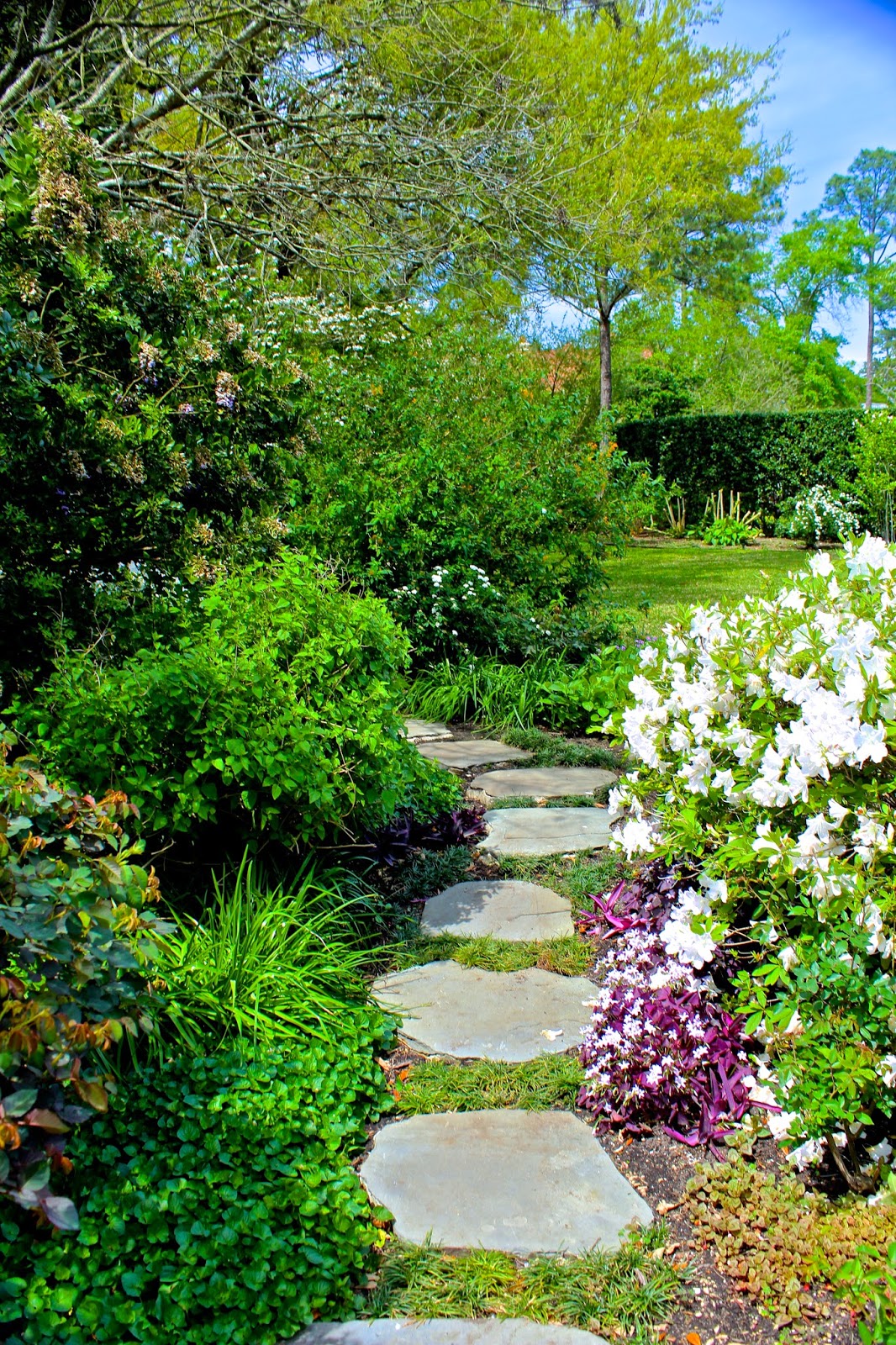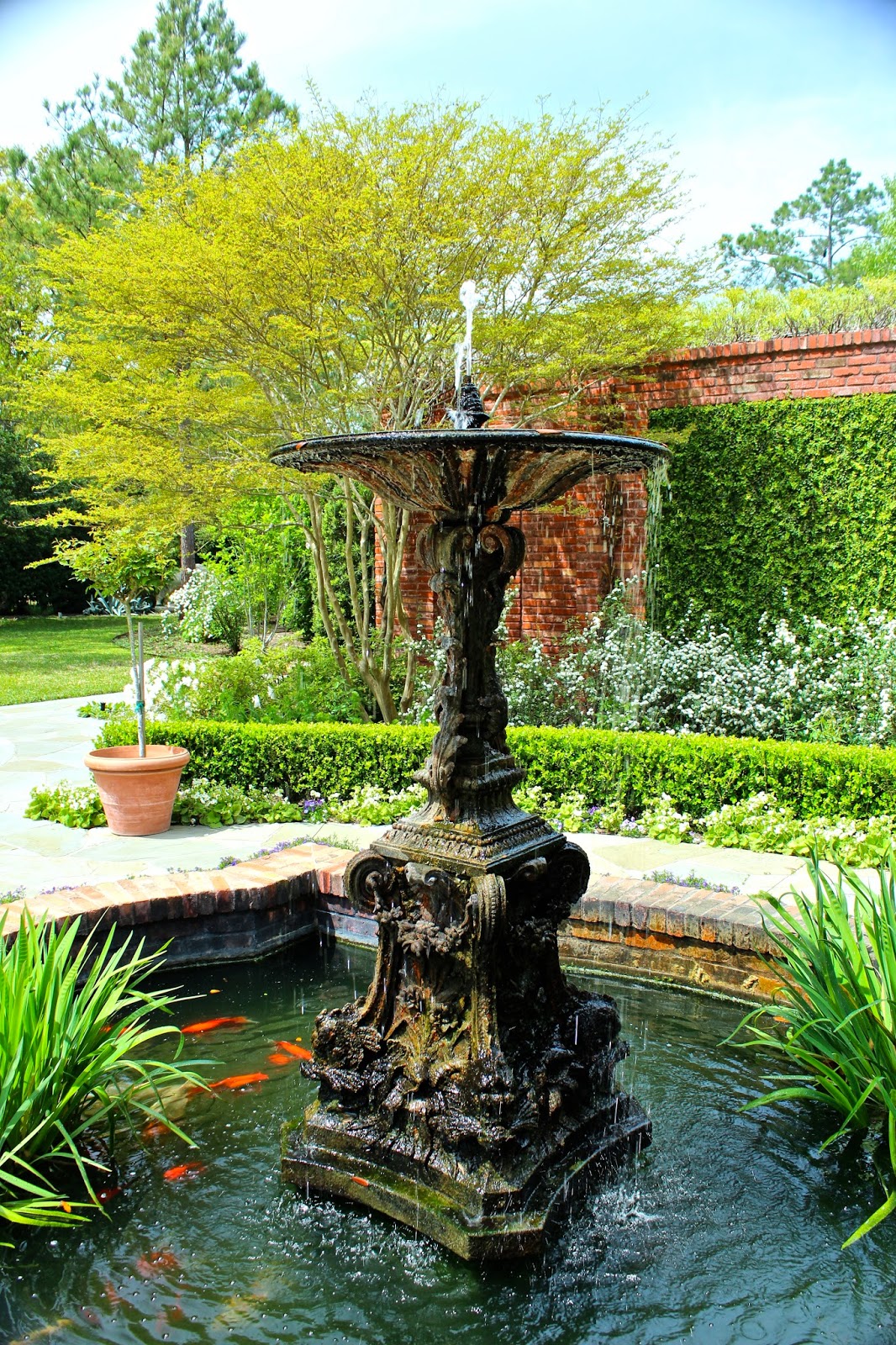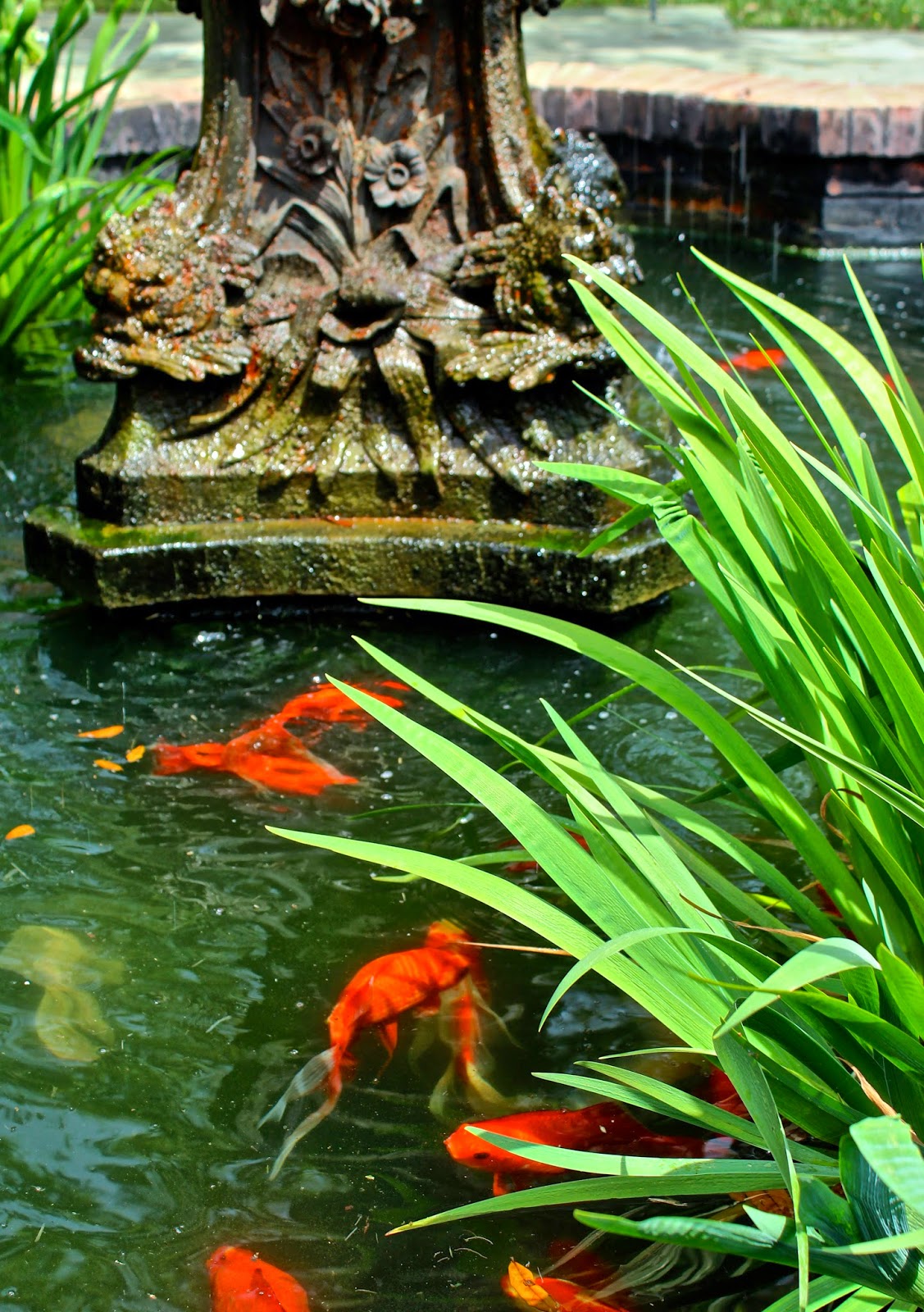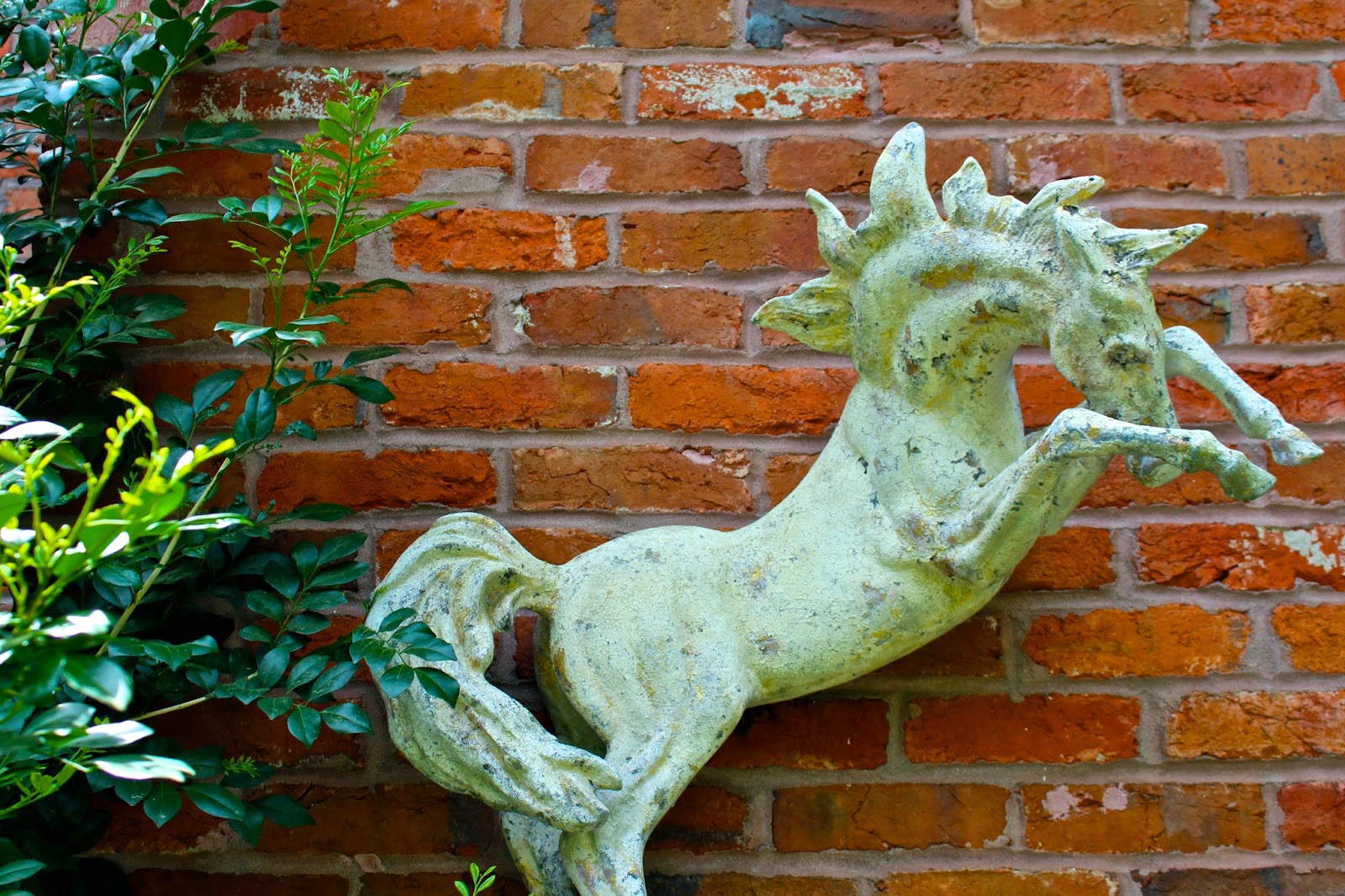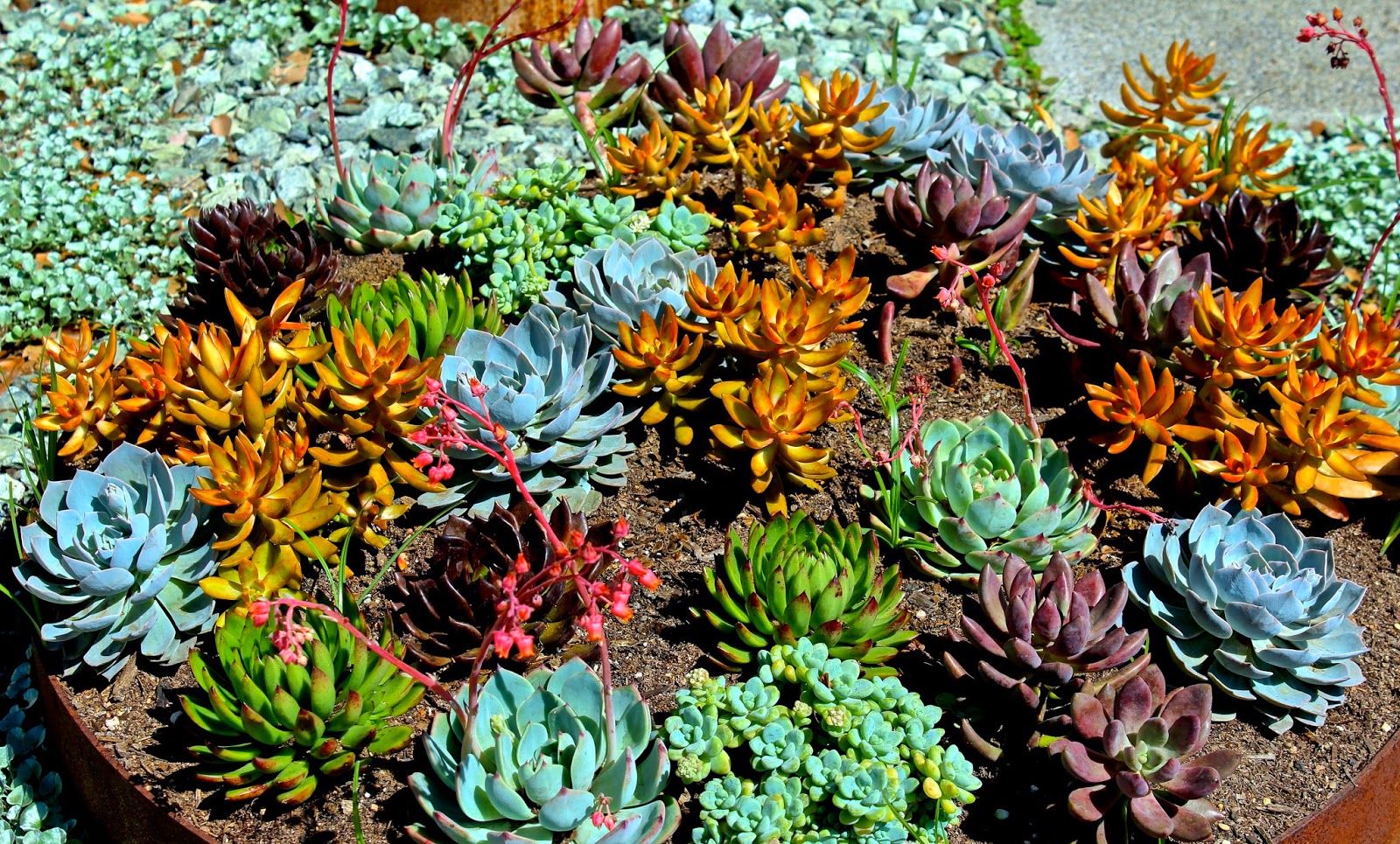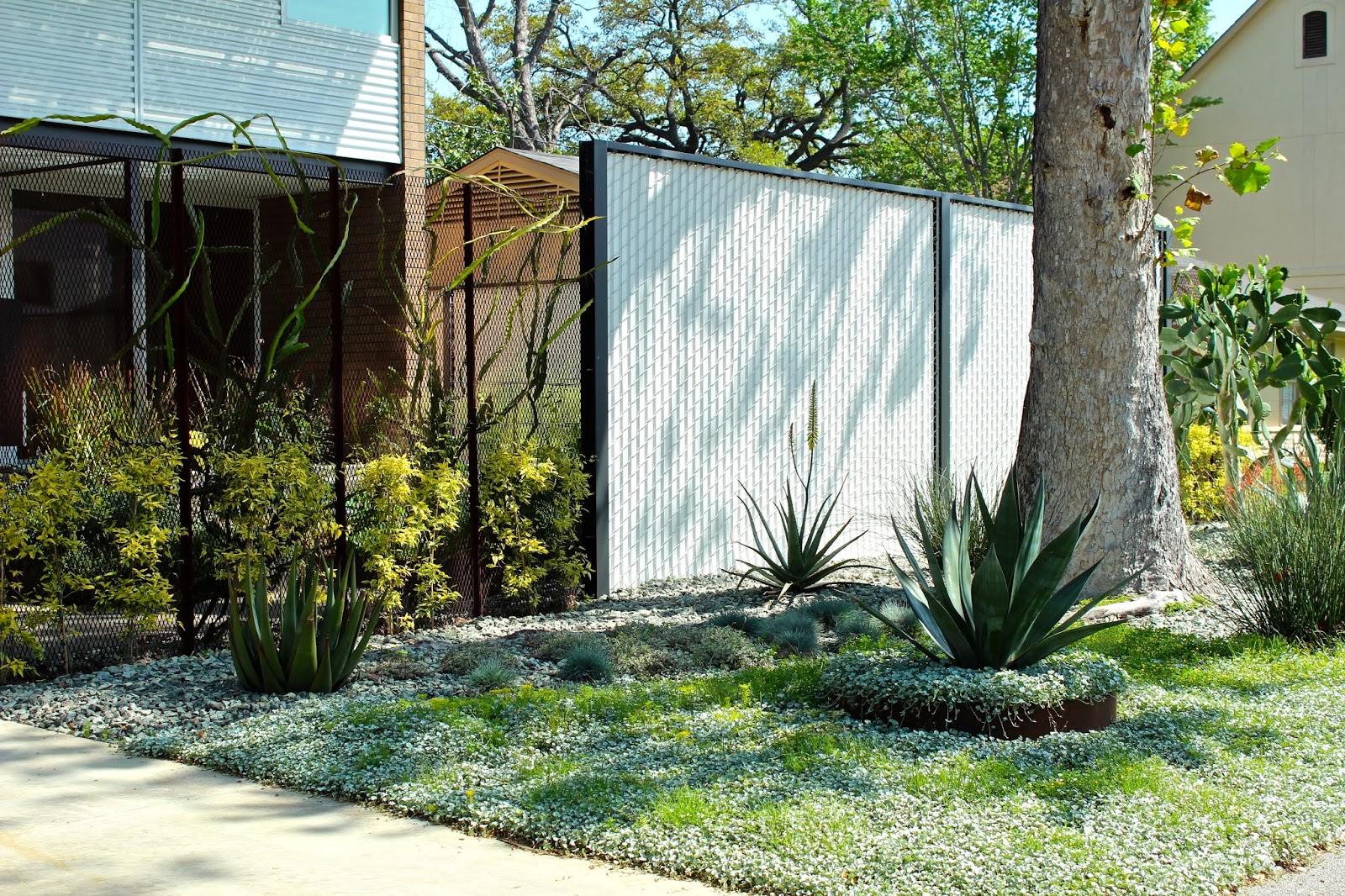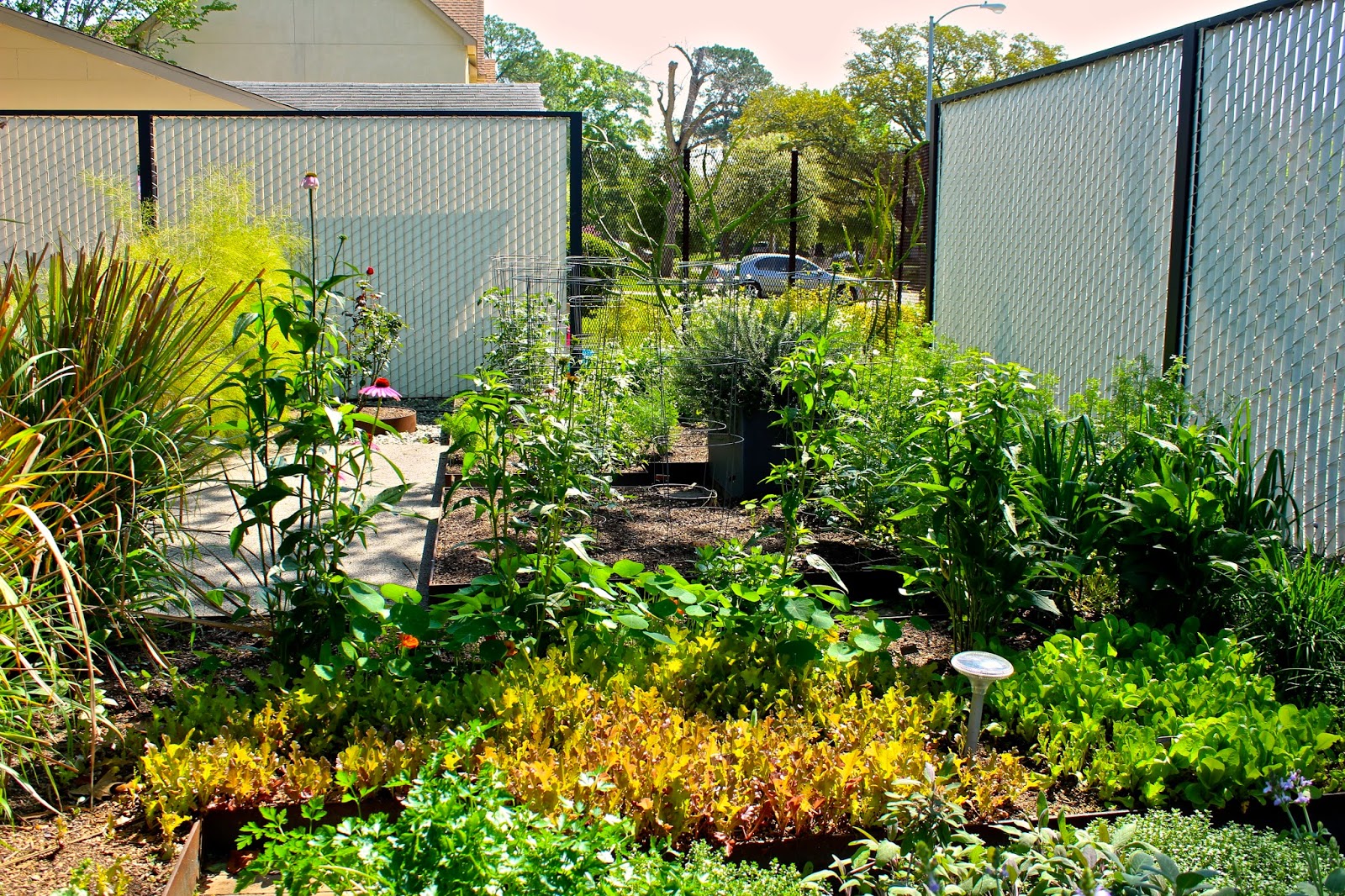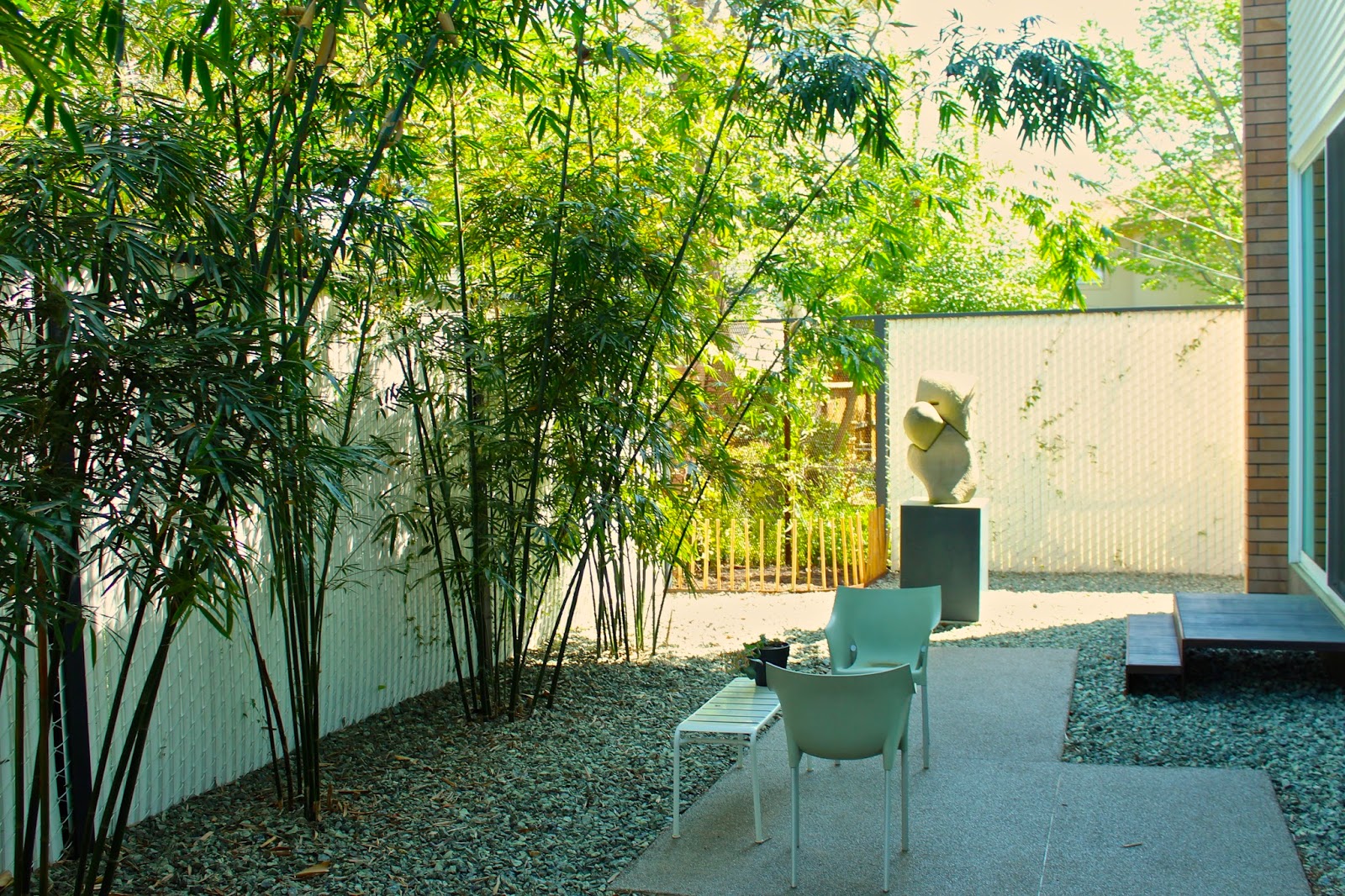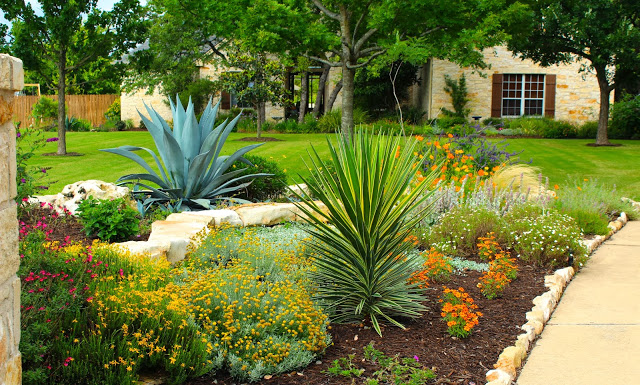Inside Austin Gardens tour features delightful deer resistant garden…
Last week I got a preview of the wonderful gardens that will be on the popular Master Gardeners Inside Austin Gardens Tour 2015 on Saturday, October 17. The tour provides a rare look inside six private gardens and a public experimental garden.
With the theme of For Gardeners, By Gardeners, the tour showcases 7 gardens with distinctly different garden styles. Each garden focuses on practical beauty, plant variety, and native or well-adapted plants.
Tickets for all 7 gardens are $19 in advance or $20 at any garden location on the day of the tour. Single garden tickets for $5 can also be purchased at each garden. Purchase advance tickets here.
This is my sneak peek into the Oh Deer! – deer-resistant, not deer-proof garden at:
4503 Mountain Path Dr 78759
This is a garden I’ve had the pleasure of visiting many times. It belongs to my good friend, Pam Penick, author of the garden blog, Digging, and the book, Lawn Gone. I’ve watched her transform this deer-resistant garden from a pedestrian suburban space when she and her husband bought this house, to the magical creation it is today. She’s taken advantage of each of the garden’s unique spaces, adding interesting elements, a wonderful plant palette and a unique blend of styles. Her recent addition of brightly colored stucco walls makes a dramatic impact in her garden. Water features, eclectic art and a wonderful array of plants await you at this delightful garden. And the entire front garden frustrates Bambi and her family with its deer resistant variety of plants. You don’t want to miss it.

